Is It Just Me Or Is America Having A Mental Breakdown? Joker
Wrong door, wrong driveway and wrong car. Recent shootings are part of a much bigger issue in your country. Is It Just Me Or Is America Having A Mental Breakdown? Joker
Three shootings in a week over a simple mistake. why is this happening?
A 16-year-old rang the wrong doorbell and was shot. A woman was shot and killed when she and her friends accidentally drove into the wrong driveway. Two cheerleaders were shot after one approached the wrong car.
Related:
Ultimate Resource For News, Breakthroughs And Innovations In Healthcare
As Suicide Rates Rise, Scientists Find New Warning Signs
Medical Tourism AKA The Globalization Of Healthcare
The Complete Guide To The Science Of Circadian Rhythms
Chrono-Pharmacology Reveals That “When” You Take Your Medication Can Make A Life-Saving Difference
10 Innovations Of 2024 That Allow Patients To Take Back Control
The Benefits of Grounding or Earthing For Improved Health (Dramatically Reduces Inflammation)
The Skin’s Circadian Rhythm: Skin Hydration Ebbs And Flows By The Clock
Next Target for Hackers in 2024 Medical Data and Wireless Medical Devices
China Approves Use of Rhino, Tiger Parts For Medical Treatment And Research
Jarlsberg Cheese Offers Significant Bone & Heart-Health Benefits Thanks To Vitamin K2, Says Study
Three shootings in less than a week, all allegedly occurring with victims who made the mistake of approaching the wrong house or car, have ignited a debate over why these types of incidents are happening and what could be done to prevent them.
“This is part of a much bigger issue in our country with the continual increase of gun violence,” said Jaclyn Schildkraut, executive director of the Regional Gun Violence Research Consortium at the Rockefeller Institute of Government, a nonpartisan research center. “This is just another way in which we are seeing that increase manifest itself.”
The recent spate of gun violence started on April 13, when a white homeowner in Kansas City, Mo., allegedly shot Ralph Yarl twice. Prosecutors say the Black teenager mistakenly rang the wrong doorbell while trying to pick up his two younger siblings from a friend’s house.
Andrew Lester, the 84-year-old homeowner accused of shooting Ralph, was arrested Tuesday, according to the Kansas City Police Department. He has pleaded not guilty.
Over the weekend, police said a homeowner in Hebron, N.Y., opened fire on a car that mistakenly drove up a driveway, killing 20-year-old Kaylin Gillis. On Tuesday, police arrested a Texas man for allegedly shooting two cheerleaders after one of them tried entering his vehicle by mistake.
Gun-violence researchers said incidents like these have become more common after states began establishing “stand your ground” self-defense laws and made it easier to carry concealed weapons. The firearms industry has also marketed gun ownership as a way to protect against predatory threats, said Daniel Webster, distinguished research scholar for the Center for Gun Violence Solutions, which supports stronger gun laws, at the Johns Hopkins Bloomberg School of Public Health.
“The larger problem of gun violence is driven by both policy and culture,” Dr. Webster said. “These are now colliding in very dangerous ways.”
The National Rifle Association didn’t respond to a request for comment. The gun-rights organization has said it supports stand your ground laws because it believes people shouldn’t be required to retreat before using force to defend themselves.
At least 28 states have stand your ground laws. These laws expand the concept of self-defense outside the home, protecting people who use deadly force in response to a threat they reasonably believe could cause them serious injury, even when escape is an option. Florida enacted such a law in 2005, and other states quickly followed.
Dr. Webster said these laws have correlated to increases in homicides caused by guns.
Stand your ground laws were associated with an 8% to 11% increase nationwide in monthly rates of homicide and firearm homicide, according to a study published in 2022 in the medical journal JAMA Network Open.
Michael Anestis, executive director of the New Jersey Gun Violence Research Center at Rutgers University, published a study in 2021 examining why gun sales surged during the Covid-19 pandemic. The center supports adopting policies that prevent firearm injuries and death. He found that exaggerated fears may be motivating people to purchase firearms.
“You’ve come to see the world as full of threats,” said Dr. Anestis, referring to some of the people who purchase guns. “And you’ve come to see it as your responsibility to extinguish those threats, by whatever means necessary.”
In Elgin, Texas, police on Tuesday arrested Pedro Tello Rodriguez Jr., who was charged with deadly conduct, a third-degree felony, after he allegedly shot at a car with four cheerleaders in it.
Police said he shot two of the passengers, leaving one with a minor wound and seriously injuring the other.
Mr. Rodriguez remains in police custody. It couldn’t be determined if he has obtained a lawyer.
Lynne Shearer, managing partner of Woodlands Elite Cheer Co., said the four cheerleaders belonged to her cheer company. They had left practice and were in a supermarket parking lot to retrieve a car before the shooting took place, she said.
One of the cheerleaders approached what she thought was her car when she noticed someone in the vehicle, Ms. Shearer said. She returned to the car with the three other cheerleaders, opened her window and started to apologize to the person in the other car, Ms. Shearer said.
“Then the guy gets out and lifts his hands up and starts shooting at them and they sped away as quickly as they could,” Ms. Shearer said.
One of the cheerleaders got hit in the leg but wasn’t seriously wounded, Ms. Shearer said. A second cheerleader, 18-year-old Payton Washington, was critically injured and remains in the intensive care unit at a local hospital, Ms. Shearer said.
Cleo Nagbe, the mother of the Black teenager who was shot last week after approaching the wrong house, said in an interview with “CBS Mornings” on Tuesday that Ralph is still struggling to process the shooting.
Ralph, who was shot in the head above his left eye and in his upper right arm, still has a long path to recovery, Ms. Nagbe said.
Kevin Monahan was arrested last weekend and charged with second-degree murder for the shooting death of Ms. Gillis in New York. The car she was in pulled into his driveway by mistake, police said. He has pleaded not guilty.
Dr. Anestis from Rutgers said shootings like these have become too common in the U.S. The surge in gun sales during the pandemic coupled with a fear-based marketing push by firearm manufacturers has had deadly consequences, he said.
“It leads to people purchasing firearms and protecting themselves in a situation where they didn’t need to, and even if they did, they were unlikely to do so effectively,” Dr. Anestis said. “And so what happens is innocent lives get lost.”
Updated: 9-22-2021
UBS Trader Sues Claiming Stress Damaged His Mental Health
* Simon Rope Is Seeking Over $273,000 From The Swiss Bank
* UBS Denies Any Breach Of Duty Care For Veteran U.K. Trader
A UBS Group AG trader sued his employer over allegations the “toxic” London work environment and “punishing workload” caused his mental health to deteriorate so far he was no longer able to work.
A 35-year veteran at the Swiss bank, Simon Rope, is seeking more than 200,000 pounds ($273,000), for negligence over an anxiety disorder caused by “the stress to which he was subjected in” UBS’s London office, his lawyers alleged in a U.K. lawsuit.
Rope has survived at least 17 rounds of redundancies but hasn’t returned to the trading floor since 2018, they said.
The case offers a window into the stressful world of trading, and the mental toll it can have on workers under pressure to drive profits and not make costly mistakes.
In recent years, European traders have pushed for shorter days in order to address concerns over work-life balance and the impact on their mental health.
UBS denied negligence and breaching its duty of care to Rope.
Lawyers for the trader describe a “toxic environment” in which “often bad-tempered” traders would shout across the trading floor and publicly shame Rope if he put a foot wrong.
His stress symptoms developed in 2016 and by 2018 he and his three colleagues were trading around 3,500 different stocks. “An exceptionally large number of companies for such a small team to cover,” they said in documents filed at the High Court in February.
Rope’s suit “describes a generally pressured environment, which is the unavoidable reality of the work of a City trader,” UBS’s lawyers said in its legal defense.
“It is an environment that he not only coped but thrived in for decades, giving the bank a good basis for its belief that he was psychologically able to manage the demands of the role,” they said in the papers filed last month.
UBS did say that shouting sometimes occurred on the trading floor and that the language of traders was “intemperate” from time to time.
They denied Rope was drowning in work and said the bank wasn’t aware of any incidents where he was publicly shamed or shouted at in an unprofessional or vindictive manner.
Rope’s lawyer declined to comment on the suit. UBS also declined to comment.
“The Shooting Party”
By the beginning of 2018, Rope was experiencing “exhaustion, finding it increasingly difficult to sleep, was no longer able to socialize, and was focusing all his efforts on functioning solely for work,” his lawyers said.
The 53-year-old trader and his team frequently discussed “their disillusionment with management,” they said.
Rope’s lawyers said the team were “rudderless and unrepresented,” a feeling that was exacerbated by a group of managers known as “The Shooting Party,” who would often leave the office on Fridays in Winter to go shooting, according to the court filing.
UBS said in its defense papers that “disillusionment and discontent with management during times of structural change and rationalization is common in the workplace.”
In April 2018 Rope made two trading errors that brought him to tears in front of colleagues. He had “spent the past several months trying to keep on top of a punishing workload, and learning to deal with FX and the shambolic FX system,” his lawyers said.
He was signed off on sick leave and has not been considered fit to return since.
Lawyers for UBS said it only has a record of one error and that according to Rope’s colleagues he only showed “distress” the following day, when he was told to stop work and seek medical assistance. The breakdown was a “complete shock” to his co-workers, they said.
Updated: 12-26-2021
TikTok Diagnosis Videos Leave Some Teens Thinking They Have Rare Mental Disorders
Faulty self-diagnosis makes treatment a challenge; ‘We felt for a long time that we were competing with social media,’ one teen’s father said.
Samantha Fridley would stay up until 3 a.m. watching an endless stream of TikTok videos about borderline-personality disorder, bipolar disorder and multiple-personality disorder.
Many videos were from teens or young adults who said they had these diagnoses. Others were from people claiming to be therapists. They often mention signs they say could be symptoms of these conditions, and encourage viewers to do their own self-evaluation.
Ms. Fridley, a high-school senior in Shenandoah Junction, W.Va., was diagnosed with anxiety and depression at age 10. She recognized herself in the descriptions of the disorders and became convinced at different times that she had each of them. Other teens I spoke to said the same thing.
TikTok videos containing the hashtag #borderlinepersonalitydisorder have been viewed almost 600 million times. Only 1.4% of the U.S. adult population is estimated to experience the disorder, according to the National Alliance on Mental Illness, a nonprofit mental-health advocacy organization.
Borderline-personality disorder is almost never diagnosed in adolescents, because their personalities are still forming and because some symptoms, such as having unstable personal relationships and exhibiting impulsive behavior, are hard to distinguish from typical teen behavior, doctors say.
Multiple-personality (aka dissociative-identity) disorder is even rarer, affecting less than 1% of the population, according to the Cleveland Clinic. Videos containing the hashtag #dissociativeidentitydisorder have been viewed well over 700 million times on TikTok.
Many of the videos feature teens and young adults as they appear to switch from one personality to another.
When teens watch TikTok videos and decide they have a mental-health affliction—even if they’re really only suffering from adolescence—it can pose a treatment challenge and cause frayed family relationships.
Psychologists say there are things parents should and shouldn’t do when confronting their self-diagnosing teen, which I’ll discuss below. For its part, TikTok, owned by Beijing-based ByteDance Ltd., is implementing changes that could minimize streams of single-topic videos.
‘A Social Currency’
“It can be tricky when there’s a strong clinging to a particular diagnosis,” said Bre-Ann Slay, a clinical psychologist in Kansas City, Mo. TikTok videos that de-stigmatize mental illness and lead some teens to seek help can be positive, she added, but only up to a point.
This past summer at an inpatient child-psychiatric facility, Dr. Slay began seeing several patients a week who were self-diagnosing. When they mentioned they were learning about the conditions on TikTok, Dr. Slay created a TikTok account to understand what they were watching.
“What shocked me the most was how many videos there were about multiple-personality disorder because of how rare it is,” she said.
She and other doctors around the country say they’re seeing more teens coming in with self-diagnoses derived from TikTok. The video platform has overtaken Instagram in popularity among teens this year, according to a recent report from Forrester Research Inc., a market research firm.
This year, 63% of U.S. 12- to 17-year-olds used TikTok every week, up from 50% in 2020. The percentage of kids in that age group who used Meta Platforms Inc.’s Instagram each week fell to 57% from 61% in 2020.
“We have to convince these kids to release their self-diagnoses but when they leave us they go right back into that TikTok community which reinforces their beliefs,” said Don Grant, executive director of outpatient services for Newport Healthcare’s teen treatment center in Santa Monica, Calif. He hasn’t kept a tally of the teens who use TikTok to self-diagnose but said it’s significant.
Dr. Grant, who chairs a committee of the American Psychological Association that develops guidance for psychologists and the public on device and social-media use, explained that being saturated with negative content can alter the brain’s chemistry, displacing feel-good neurotransmitters with stress hormones.
“What happens is adrenaline and cortisol flood your brain, and dopamine and serotonin leave the building,” he said.
Some therapists are going on TikTok to combat misinformation about mental-health conditions. Evan Lieberman, a clinical social worker in Minneapolis, has amassed more than a million followers on TikTok; in some videos, he pokes fun at all the self-diagnosis questions he gets.
“Despite how great the newfound mental-health awareness is among teens, there seems to be a trend of using mental-health diagnoses as a social currency,” he said.
The Algorithm
Ms. Fridley, the high-school student, said she didn’t seek out videos about mental-health diagnoses. After she started following some mental-health advocacy accounts on TikTok, she said, the social-media app began serving up videos about various disorders.
Ms. Fridley, who also followed K-pop stars and comedy accounts, said her For You page became overrun with videos about mental-health disorders. A recent Wall Street Journal investigation showed that TikTok’s algorithm picked up on subtle cues from users, such as how long they lingered on a video, and then showed them more and more of the same content.
Many teens have said constant TikTok videos about extreme dieting and exercise contributed to eating disorders. Others developed physical tics after watching video streams of influencers who said they had Tourette syndrome.
TikTok earlier this month said it is testing changes to its algorithm to steer viewers away from too much of one type of content. Currently, TikTok users can select “not interested” on a video if they don’t want to watch more videos from a particular creator.
The app maker said it is also working on a new feature that would allow people to choose words or hashtags associated with content they don’t want in their feeds.
“We care deeply about the well-being of our community, which is why we continue to invest in digital-literacy education aimed at helping people evaluate and understand content they engage with online,” a TikTok spokeswoman said.
“We strongly encourage individuals to seek professional medical advice if they are in need of support.”
‘It Really Messed With My Head’
Over the course of a year, Ms. Fridley thought she had a different diagnosis every couple of weeks. She jotted them down in her journal, told her parents and brought them up in weekly sessions with her therapist.
Her father, John Fridley, was skeptical of her changing self-diagnoses, but said the family was careful not to dismiss her.
“We felt for a long time that we were competing with social media,” Mr. Fridley said. “For any child with mental-health issues, to be alone in their room with their thoughts and with TikTok is a dangerous combination.”
In April, Ms. Fridley, now 18, entered a Newport Academy residential treatment program in Virginia for her anxiety and depression. She said the conditions worsened during the pandemic, when she was attending school remotely and watching a lot of TikTok.
“It really messed with my head,” she said.
The therapist Ms. Fridley saw at Newport explained to her that relating to some symptoms of a disorder doesn’t qualify someone for a diagnosis.
Ms. Fridley said she eventually came to accept that the only conditions she had were depression and anxiety.
Having a break from social media during her 54 days in the device-free residential program helped.
“It was the best feeling ever not to have my phone with me,” she said.
Before she was discharged in May, Ms. Fridley, her family and her therapist agreed on rules to follow at home. Ms. Fridley suggested that she stay off her phone for three months.
She eventually began watching TikTok again, but reduced the amount of time she spent on the app and clicked “not interested” on videos about mental-health diagnoses. She said it took about a month for the mental-health videos to disappear completely.
What You Can Do
If your child comes to you with a self-diagnosis, there are some things medical professionals say you should and shouldn’t do.
Listen. Therapists say it’s best not to dismiss what your child has to say or to show emotion right away, because doing so can cause kids to shut down. Dr. Slay suggests asking kids why they think they have a certain condition and if they’d like to talk to someone about it.
Sometimes the queries will pass, but if a child continues talking about a diagnosis, booking an appointment with a professional can help.
Take a break. Sometimes just stepping away from social media for a while, the way Ms. Fridley did, can allow for a new perspective.
Start over. Dr. Grant said some of his teen patients have deleted their TikTok accounts and started over with new ones, because their feeds became saturated with negative content. Starting over and consciously choosing positive content can help.
Updated: 6-19-2022
How To Manage Your Out-of-Pocket Mental Health Costs
For expenses that your health insurance doesn’t cover, these payment options can help.
If you’ve sought treatment for mental health for yourself or a family member recently, you may already know that having health insurance doesn’t shield you from out-of-pocket expenses.
If you haven’t been in this situation, it’s still good to have some awareness, as 1 in 5 people experience a mental illness each year, according to the National Alliance on Mental Illness, an advocacy group. More people are also seeking therapy since the pandemic, The Wall Street Journal newsroom has reported.
To pay for mental health costs, some people tap into savings, either cash, or money they’ve set aside through workplace deductions in flexible spending accounts or health savings accounts. But it’s often still not enough.
If you’re pressed for options to handle these costs, consider these strategies.
Work Your Credit Card Options
When you’re facing an immediate expense and you don’t have an emergency fund, the first place you’re likely to turn is to a credit card that’s already in your wallet.
That’s what Jillian Amodio did two years ago when her then 7-year-old daughter had a mental health crisis. “We didn’t have time to think,” says Amodio. “We were in crisis mode.”
The costs of the child’s treatment, which included extensive therapy, a weeklong camp program for children with mood disorders and various medications, came to about $10,000, which the family did not have upfront.
If you don’t have significant savings or an emergency fund, a credit card is an obvious option. The key is to balance your mental health needs with the potential credit impact.
“Even if you have a high-interest card or can’t pay down the debt right away, if the cost of not seeking care is greater than the interest rate charges and penalties, then you’ve got to just bite the bullet,” says Mark Hamrick, senior economic analyst with Bankrate.com (Note: Bankrate is a commercial partner of Buy Side from WSJ).
First, look for an interest-free option. One way to do this is by opening a new credit card with a 0% introductory interest rate for as long as you can find, like the Discover it® Balance Transfer credit card, which has a 0% rate for 15 months if your credit is good to excellent.
Then you need a plan for paying off the debt and not accumulating more. If you charge $5,000, at the typical variable interest rate of close to 17%, you’ll have to make payments of about $456 a month over the course of a year to pay off the balance, and you’ll have paid around $470 in interest charges. You can use a credit card payoff calculator to see what your payments will be for your specific debt level.
If you find that you can’t start paying off the debt right away, try to pay the minimums. Amodio was able to do that with her debt, and then, “Once we moved to maintenance mode, where she continues to be today, I paid everything off,” says Amodio, who reworked the family budget to help make the payments work.
Take Advantage Of Employee Assistance Programs
To avoid a lot of out-of-pocket expenses in the first place, Employee Assistance Programs may be a good option. You may work somewhere that offers an EAP and not even realize it.
“Most organizations have EAPs, but less than 5% of employees use them, because they don’t know about them,” says Cassandra Rose, a partner at Meritarc, a human resources tech firm. “They’re the most underutilized benefit.”
EAPs are usually bundled as part of your larger benefits package, with a predetermined number of counseling sessions with a licensed professional, as well as referrals and follow-up services. Usually these services are free and are available by contacting your human resources department, either in person or online.
Some people may be wary of EAPs because of privacy concerns, but when you seek out services, your sessions will be confidential, says Rose. The services are available to employees, and to members of employees’ immediate family or household.
“By not taking advantage of the EAP, it’s like leaving a winning Lotto ticket at the bottom of your drawer,” says Rose.
Use A Therapist With A Sliding Scale
You may be able to find sliding scale options for therapy from individual providers or through organizations like Open Path Collective, a nationwide network of mental health professionals providing in-office and online mental healthcare to those in need.
Therapy at Open Path costs range from $30 to $80 per session. That’s well below the current market rates of $80 to $200 per session.
Psychology Today also has a therapist finder tool that lets you filter by professionals who offer a sliding scale.
Negotiate With Providers
While it may sound odd to barter for mental-health services, it does work in some situations. “One unspoken secret about medical debt is that it’s very often negotiable,” says Hamrick.
When it comes to past-due bills, you might have more power thanks to recent changes in how medical debt factors into credit scores. As The Wall Street Journal has reported, most medical collection debt will soon be removed from consumers’ credit reports.
Additionally, the three main credit bureaus—Experian, Equifax and TransUnion—will be increasing the amount of time before medical debt in collections appears on credit reports to one year from six months. The cushion gives you extra time to negotiate and work out a payment plan.
And you have nothing to lose by asking. Joan, of Danvers, Mass., who is only using her first name to protect her husband’s privacy, asked for a discount when she admitted him to a $40,000-a-month alcohol-addiction treatment center in West Palm Beach, Fla., in 2022.
“I went to them and said ‘Can you help me out, and keep him alive for one more day? One more month? One more year?’” She ended up receiving $10,000 off the monthly cost.
Explore Financing Options
Many drug and alcohol treatment centers offer their own financing to prospective patients via third-party lenders, and it’s worth looking into as it may be more attractive than what’s available in the outside market, says Hamrick.
For example, The Berman Center, a mental health and substance abuse center in Atlanta, Ga., offers scholarships to cover treatment costs and partners with nonprofits like the Jewish Interest-Free Loan of Atlanta organization to provide interest-free loans to qualified patients.
JIFLA loans range from $500 to $10,000, and of the 50 loans that were issued last year totaling $225,000, about 15% were mental-health related, says JIFLA’s executive director, Nancy Weissmann.
Tap Retirement Funds
Although tapping your retirement funds before you’ve retired should be considered a last resort, if it’s your only option, it’s important to understand the associated costs and risks.
“You should find ways to minimize taxes and penalties,” says certified financial planner Daniel Ruppel, financial planning strategist for TIAA.
Among Your Choices:
* 401(k) Loans: If you have a 401(k) through your employer, you may be able to take out a loan and repay through salary deferrals. “This can be a cost-effective option, and it’s also fast and easy,” says Ruppel. However, the value of any outstanding loans will not have the opportunity to grow with the rest of your investments. Plus, if you leave your job with an outstanding loan balance that you cannot repay quickly, that balance will likely be taxed and penalized as if it were withdrawn directly.
* IRA Withdrawals: If you have an IRA, not only are distributions added to taxable income, but the “early” distribution will likely be subject to a 10% early withdrawal penalty. There are some exceptions to this penalty, says Ruppel, including one associated with medical expenses. But that only applies when the money is used to pay unreimbursed medical expenses that exceed 7.5% of your adjusted gross income.
* Roth IRA Contribution Withdrawals: If you’ve contributed to a Roth IRA, you can withdraw the value of those contributions tax-free and penalty-free at any time. But if you’re younger than 59½, the rules are more complex (and generally costly) for withdrawing earnings or funds that were previously converted to the Roth from another retirement account, and you may owe taxes and fees. That said, if you’re unlikely to ever pay the money you need back into your retirement accounts, this might be your best option because at least the contribution portion will have no financial penalty. If you’ve been contributing for years, says Ruppel, “there may be a nice sum total to pull from.”
Updated: 7-15-2022
Mental-Health Care Shortage Is Being Treated With Outdated Ratios
An arbitrary system for deciding which regions need more psychiatrists is further undermined by telehealth.
It is hard to read the news these days without hearing that many people in need of mental-health care aren’t getting it. Consideration of suicide shot up during the pandemic; opioid deaths soared 30%; the Surgeon General has warned of a youth mental-health crisis.
“I talk to two-to-five CEOs of member agencies every week, and I start off saying ‘what’s your biggest concern?’” said Charles Ingoglia, the president of the National Council for Mental Wellbeing, a nonprofit. The answer is shortages, in the mental-health workforce, for “every level of staff, independent clinicians, supervisory, medical-level staff, all levels of the organization.”
One statistic captures this shortage and drives the nation’s response to it: Whether or not they know it, over 150 million Americans live in a mental-health-professional shortage area, according to the Health Resources and Services Administration, part of the U.S. Department of Health and Human Services.
That statistic is hugely influential. For over a century, public-health officials used it or variants to gauge whether a geographic area had enough providers. But it may also be outdated, because it doesn’t reflect the rapid shift to mental-health counseling from in-person to telehealth.
Currently, for many programs, “everything is based on geography” so that we “send bunches of money to train people so they’re working in geographic areas with fewer providers, regardless of the conditions that need to be treated,” said Kyle Grazier, professor of psychiatry and public health at the University of Michigan and director of its Behavioral Health Workforce Research Center.
“Our way of thinking about workforce support, getting people trained, might be a bit behind the game,” she said.
Dr. Grazier is among researchers who have documented the extraordinarily rapid rise of telehealth, ushering in a future in which geography matters far less.
Primary-care doctors often need to see you in person and shine that otoscope into your ears. By 2021, after a year of the pandemic, only 5% of most doctors’ visits were via telehealth compared with 40% of mental-health visits, according to data from the Kaiser Family Foundation and Epic Research, which has a database of electronic health records.
For mental-health professionals, a shortage is declared if the ratio of people to psychiatrists exceeds 30,000 for a specific geographic area. These ratios drive a range of federal mental-health programs, such as loan forgiveness and scholarships of the National Health Service Corps for providers in shortage areas.
The J-1 visa waiver program allows international medical graduates to stay in the country if they work in shortage areas. Medicare reimburses an additional 10% for covered services in shortage areas.
Geographic ratios originated with a now-infamous Carnegie Foundation report in 1910 by Abraham Flexner, an American educator who toured over 150 medical schools and argued that poor standards at these schools had led to “a century of reckless overproduction of cheap doctors” that saddled the U.S. with horrible healthcare.
He highlighted ratios to make his case. The U.S. had one doctor for every 568 people, which Flexner found absurd. Some towns, he wrote, “have now four or more doctors for every one that they actually require—something worse than waste, for the superfluous doctor is usually a poor doctor.”
Across the country, schools were shuttered on his recommendation. The report is now considered shameful as Flexner advanced racist ideas, including that Black doctors should only serve Black patients. As a result, five of the nation’s seven Black medical schools were among the Flexner closures.
By 1965, it was clear the medical system overcorrected, leading to doctor shortages. A 1965 law defined a shortage as an area with more than 1,500 people per physician—roughly three times the ratio documented by Flexner.
In 1970, a follow-up Carnegie report, also highly influential, said “the United States today faces only one serious manpower shortage, and that is in healthcare personnel.” Some ruefully observed that Carnegie’s previous effort created the shortage.
The regulations were first developed by the Department of Health, Education and Welfare, since succeeded by the Department of Health and Human Services.
Here’s how the physician shortage ratios were originally derived. The U.S. had the equivalent of about 26,000 psychiatrists and about 240 million people in 1987. That’s roughly 10,000 people for every psychiatrist. So HHS proposed, fairly arbitrarily, that a geographic area with three times the national ratio has a shortage, i.e. 30,000. Voilà.
But these ratios may overstate shortages where many patients access practitioners in other regions via telehealth, and understate shortages where they don’t.
Despite this now well-established shortcoming, there’s no easy way to switch metrics without upending the funding for many programs, and institutions, that are required by Congress to rely upon it.
There are numerous efforts under way to come up with superior measures of shortages. Before the pandemic and the rise of telehealth, HHS had begun a program to modernize the ratios.
Working on an HHS grant, George Washington University launched a Behavioral Health Workforce Tracker that measures how primary-care doctors can facilitate mental-health services in counties that lack providers.
Shortages will still matter because telehealth can have critical shortages too. For example, The Wall Street Journal reported this week that one in six calls to the national suicide-prevention lifeline (launching this weekend with a new three-digit number, 9-8-8) were abandoned before they were answered, because the call centers were understaffed and overstretched.
That’s a real and crucial shortage; you just wouldn’t see it from geographic ratios.
Updated: 10-19-2022
Chicago Mental Health Crisis Pilot Promising, Small — And Still Using Police
A program that dispatches mental health clinicians to some 911 callers has served nearly 400 people. Critics say more must be done.
A Chicago pilot program that dispatches mental health clinicians and emergency medical responders to some 911 calls has connected 385 people to care without a single use-of-force incident or arrest in its first year — a promising start for a program designed to reduce potentially dangerous interactions with police.
It’s also been a slow start: Crisis Assistance Response and Engagement (CARE) teams operate just six hours a day, five days a week — and only in four of Chicago’s 22 police districts.
Those districts have together logged almost 3,400 mental health disturbance calls since their respective pilots started through Sept. 25 of this year, the most recent date for which CARE data is available.
Not all mental health disturbance calls are eligible for a CARE response, and the program’s teams are sometimes looped into situations with a mental health component that aren’t tagged as such in the 911 system — but based on the main pool of calls to which CARE teams might be dispatched, they’ve captured about 11% of Chicagoans’ expressly labeled need in the pilot districts.
The pilot has scaled up over the past year, with more calls answered in August than the first four months combined. And in year two, the city says it plans to expand the program’s hours of operation and reevaluate limits on the types of calls CARE teams can answer.
But local legislators and community organizers say the city isn’t moving fast enough, and some argue that the program is still too reliant on police. They’re calling for Chicago to take a more holistic approach to mental health.
“We knew one of our greatest challenges at the beginning of this was going to be managing people’s expectations,” said Matt Richards, Chicago’s deputy commissioner of behavioral health.
“Our approach has been very deliberate precisely because we want this program to stick around, but we understand the sense of urgency.”
Models With And Without The Police
Chicago is piloting two models of its mental health 911 response, which is separate from the city’s 211 service for non-emergency crises: one that includes a crisis intervention-trained police officer alongside a paramedic and mental health clinician, and one that doesn’t involve police at all.
The first program launched across two police districts in September 2021; the second was launched in June on the city’s southwest side after repeated criticism from advocates of the law enforcement presence in the original model. (The city’s department of public health also plans to ask for state approval of a third model, focused on substance use, that includes a peer mentor.)
The dual design, Richards said, removes police from situations where they aren’t necessary but ensures that CARE teams are able to respond to calls that involve some measure of danger.
CARE teams don’t respond to crimes in progress, situations involving weapons, or “demonstrated safety risks,” Richards said — a recommendation from the Texas-based Meadows Mental Health Policy Institute, which has advised Chicago on its police-involved model.
Having police involved means CARE teams can respond to some acute crises, said B.J. Wagner, senior president of health and public safety at the Meadows Institute.
Wagner, who has worked with Chicago on its program and calls it “the most advanced multidisciplinary response in the country,” said those situations can include a person displaying behavior that is “unusual” or “volatile” to the 911 caller.
She acknowledged potential bias in that system and that police may be dispatched to calls where they aren’t needed, but underscored that without the police-involved team, the city’s mental health response would be inequitable — essentially telling residents, as she put it, that “if you create a public safety risk with your mental health care needs, we’re just going to send the cops” with no additional support.
“I really want our officers to be focused on what is their comparative advantage, which is taking on violent crime.”
But advocates pushing for the end of the police-involved pilot say the presence of law enforcement on CARE teams doesn’t make anyone safer.
Around 1 in 5 people fatally shot by police have a mental illness, according to a Washington Post database — and in Chicago, Alderman Rossana Rodriguez-Sanchez highlighted the lack of arrests or use of force in CARE’s first year as evidence that police involvement is “overkill.”
She also pointed to the apparent death by suicide of Army veteran Irene Chavez
while in police custody late last year as an example of the Chicago Police Department’s inadequate response to mental health crises, which is one of the main subjects of a court-mandated federal consent decree implemented in 2019.
After an alleged confrontation outside a South Shore bar, Chavez repeatedly said she needed a therapist and tried to get the attention of the arresting officers while handcuffed in a holding cell, according to a lawsuit filed on her behalf. She was found dead 45 minutes later.
“We have many social work professionals who respond and do home visits and tend to crisis calls,” said Arturo Carrillo, the leader of a coalition of mental health professionals and advocates called the Collaborative for Community Wellness.
“No one considers having them accompanied to every house visit with a police officer independent of the crisis that they’re dealing with.”
Small Scale
Carrillo added that police can always be called for backup — as is the practice in Eugene, Oregon, which started responding to mental health-related calls with medics and crisis workers three decades ago.
That program, CAHOOTS, handles nearly 20% of the city’s total 911 call volume — and response teams need police backup just 1% of the time.
Many other US cities began exploring similar programs after Black Lives Matter protests swept the country in summer 2020 following the police killings of George Floyd and Breonna Taylor.
Those pilots are in varying stages: Chicago, for its part, has three CARE teams on standby from 10:30 a.m. to 4 p.m., five days a week — capturing about half of the 10 a.m. — 10 p.m. time frame with the highest volume of mental-health-related 911 calls, Richards said.
(CARE teams make contact with the person in crisis around two-thirds of the time, with the person having left or another team having already responded in the remaining third of calls.)
Richards said the city wants to add a second shift in year two. And the ultimate goal, Deputy Mayor for Public Safety Elena Gottreich told aldermen in August, is 24/7 citywide service. But Gottreich declined to specify the timeline, saying that other cities took years to scale their programs.
New York City started its B-HEARD program in Upper Manhattan last June, piloting response teams with one mental health professional and two EMTs — and no police — 16 hours a day, seven days a week.
It responded to 20% of eligible calls in the first month, according to data published by the city, but that rate has since dropped to 16% for January through March of this year — roughly on par with Chicago’s numbers during that time period.
Response rates are much higher in San Francisco, where Street Crisis Response Teams scaled from just eight hours a day in the Tenderloin neighborhood to a round-the-clock citywide response in one year, with an overall response rate of 38% of all 911 calls for “mentally disturbed persons.” In July, teams answered 78% of eligible calls.
Limited Funding
New York Mayor Eric Adams has poured $55 million into the city’s program; San Francisco’s SCRT has a $13 million annual budget funded by a city business tax. Chicago allocated $3.5 million to CARE in its 2022 budget — enough to fund one year of operations at the current scale — and set aside $15 million in the Chicago Recovery Plan, which leverages federal stimulus dollars and anticipated money from an upcoming bond sale.
Lightfoot did not include a separate line item for CARE in her 2023 budget proposal.
Advocates say that $15 million is needed for 2023 alone to fund a citywide expansion of the alternative response model and turn at least three of Chicago’s five city-run mental health clinics into round-the-clock treatment centers.
The money, Rodriguez-Sanchez said, could come from moving 200 vacancies off the police department’s payroll, which budgeted almost $130 million for unfilled positions as of February as the department has struggled to recruit and retain officers.
An expanded CARE pilot would also benefit the police department — and its budget — by lightening law enforcement’s workload, advocates and aldermen say. (The Chicago Police Department did not respond to a request for comment.)
“I really want our officers to be focused on what is their comparative advantage, which is taking on violent crime,” said Alderman Daniel La Spata at an August budget committee meeting.
“So anything else that can be competently and relevantly and compassionately addressed by other city professionals feels like something to be working on.”
Wraparound Vision
Mental health funding has been a priority for Mayor Lori Lightfoot, who allocated $89 million in her 2022 budget — up from $12 million when she entered office in 2019 — and expects to have a community mental health clinic in all 77 Chicago community areas by the end of this year.
Those investments increased the number of Chicagoans served from 3,651 to around 60,000 over the course of her tenure.
But a sticking point for advocates is the mayor’s unfulfilled campaign promise to reopen shuttered city-run mental health clinics, which have fallen victim to budget shortfalls and dwindled in number from 19 to just five.
And when the five that do remain close their doors for the night, advocates say, law enforcement typically takes people in crisis to emergency rooms that aren’t equipped for their care.
“We definitely agree that there’s a need for crisis stabilization alternatives other than emergency departments,” Richards said — ones that won’t turn anyone away because of their immigration status or ability to pay.
The Department of Public Health doesn’t immediately plan to reopen closed clinics or expand any of the remaining ones to 24/7 service, he said, but has money set aside for other settings like low-barrier shelters.
The CARE program already relies heavily on one of Chicago’s four state-funded psychiatric living rooms, which are safe places to deescalate and rest with support from peer counselors, as a destination for people requiring transport from a scene.
CARE counselors also follow up with people one, seven and 30 days after the initial crisis — a good starting point, advocates say, but one that falls flat without wraparound services that view mental illness as a public health crisis rather than a public safety one.
“CARE’s response is only as good as the follow-up supports and care people receive,” Carrillo said.
Updated: 10-1-2022
The Power of Brief Mental Health Therapies
Research shows that targeted, time-limited programs offer significant benefits for people struggling with anxiety and other problems.
Last year, a survey by the American Psychological Association found that demand for psychotherapy had increased dramatically since the start of the Covid pandemic, with 68% of therapists reporting that their wait lists had grown and more than 40% saying that they were unable to keep up with demand.
But help doesn’t have to mean long years of traditional psychotherapy. Research has shown that even brief interventions—targeted, time-limited programs to improve thinking and behavior at critical moments—can have significant benefits.
These interventions, which can be as brief as 30 minutes of online training, aren’t a substitute for psychotherapy. But given the increased rates of anxiety, depression, stress, substance abuse and suicidality among American adults and adolescents, they can be powerful ways to prevent challenges from escalating.
After a single meeting, people reported that their feelings of hopelessness and anxiety improved significantly.
A study published on the online preprint library PsyArXiv in July by Jenna Sung, a doctoral student in psychology at Stony Brook University, and colleagues found that even one telehealth session with a counselor can be beneficial for people on psychotherapy wait lists.
In the sessions, 65 participants were asked to think about their most important goal, steps they could take to achieve it and potential obstacles they might have to overcome. After a single meeting, people reported that their feelings of hopelessness and anxiety improved significantly.
Brief interventions can also mitigate the risk of suicide, explains David Jobes, a psychologist at Catholic University who developed the Collaborative Assessment and Management of Suicidality (CAMS) program, an evidence-based clinical intervention to help people avoid getting stuck in suicidal thoughts.
Over six to eight sessions, the therapist helps the patient identify the struggles that are prompting suicidal feelings and generate a coping plan.
Dr. Jobes led a study published in the journal Psychiatry in 2017 involving 148 U.S. Army personnel who had reported suicidal thoughts. They were divided into two groups, with one receiving CAMS and the other treatment as usual.
The study found that CAMS participants were “significantly less likely” to have suicidal thoughts after three months. “People are really good at getting better if you give them the right tools,” Dr. Jobes said.
Chronic pain is another problem that has been shown to respond well to brief interventions. A study published in the journal JAMA Open Network in 2021, led by Beth Darnall, director of the Pain Relief Innovations Lab at Stanford University, showed that for people with chronic lower back pain, a single two-hour session teaching pain self-management skills was as effective as eight weeks of conventional cognitive behavioral therapy.
Dr. Darnall’s “empowered relief” program teaches people to notice distressing thoughts and emotions, then practice accepting their symptoms rather than catastrophizing them. Three months later, participants reported significantly improved management of their pain and sleep disturbances.
Brief interventions are especially promising as a way to help children and adolescents.
Brief interventions are especially promising as a way to help children and adolescents. A report published by the Centers for Disease Control and Prevention in March found that the Covid pandemic accelerated a rise in mental health problems among teens, with 37% reporting that they experienced poor mental health during 2021.
In the early months of the pandemic in 2020, Jessica Schleider, a psychologist and assistant professor at Stony Brook University, and colleagues launched Project YES!, offering free, half-hour online interventions for adolescents experiencing symptoms of stress, depression and anxiety.
In addition to learning skills to boost resilience, participants answered questions about their own experiences and were asked to write down their takeaways to share with other young people.
In a study published in the journal Nature in 2021, Dr. Schleider looked at more than 2,400 teens who participated, finding that the interventions helped to reduce depression and disordered eating, with the benefits persisting after three months.
Dr. Schleider, a former grade-school teacher, points out that “kids, in particular, don’t really have options to choose when or where or how they get support.” Brief, easily accessible interventions can help lead to long-term improvements in mental health: “Long-term change is a series of tiny changes, and every tiny change matters,” she says.
Another former grade-school teacher, psychologist David Yeager of the University of Texas, Austin, and his collaborators developed a 30-minute online training session for first-year college students.
Participants also listened to stories from older students, who emphasized that college can feel challenging at first but gets better over time. Then the first-years were asked to write letters of their own offering hope to future students.
“You can get people to internalize big, powerful ideas in a short amount of time by inviting them to process information and share it with others,” Dr. Yeager says.
In a study published in the journal Nature in 2021 involving more than 4,000 students, he and his colleagues discovered that online training correlated with fewer mental health symptoms, even during Covid lockdowns.
Research spearheaded by Jeremy Jamieson of the University of Rochester found that a brief training session on “stress reappraisal” can also help students cope with anxiety.
In a study involving 339 community college students published in the Journal of Experimental Psychology in July, those who were taught to think of anxiety symptoms like increased heart rate and sweaty palms as normal responses to stress performed better on academic exams. Dr. Jamieson explains that his interventions aim to serve as a scaffold preventing stress from escalating into depression.
Dozens of studies also highlight the potential for single-session interventions to reduce problematic drinking. A study led by Felicia Chi, a senior research analyst at Kaiser Permanente, published in the journal Drug and Alcohol Dependence in 2022, looked at a sample of more than 300,000 adults and found that a brief intervention reduced the average number of days participants engaged in heavy drinking by 26%.
Geoffrey Cohen, a professor at Stanford University’s Graduate School of Education and the author of “Belonging,” a new book about brief interventions to improve social inclusion, describes them as crafting opportunities for people to perform to their full potential, which is far more effective than trying to convince them of something.
“It’s almost like entering a party where you don’t know anyone, but the host greets you warmly, easing your nerves so you feel more able to socialize,” Dr. Cohen says.
The growing body of evidence for success with brief interventions shows that mental health and psychological treatment shouldn’t be thought of in all-or-nothing terms.
Dr. Taitz is a clinical psychologist and an assistant clinical professor in psychiatry at the University of California, Los Angeles. She is the author of a forthcoming book on stress and the books “How to Be Single and Happy” and “End Emotional Eating.”
Updated: 10-3-2022
Bank of America-Backed Scorecard Lets Companies Assess Workplace Mental Health
Axa, Prudential and Aon also funded the new Mental Health at Work Index, which will rate and advise company wellness programs.
A coalition of corporate, academic and nonprofit partners including Bank of America Corp. and insurer Axa SA has developed a tool that employers can use to measure and improve the mental health of their workers.
The assessment, known as the Mental Health at Work Index, will score the effectiveness of an organization’s mental-health programs and recommend enhancements.
The goal is to “help define what good looks like,” said Christina McCarthy, executive director of One Mind at Work, the nonprofit that spearheaded the venture.
One Mind at Work, measurement company Ethisphere and experts at Columbia University have spent the past year designing the index, which they describe as a standardized assessment of programs and practices that support workforce wellbeing.
Axa and close to 40 corporate partners including Aon Plc and Prudential Financial Inc. will pilot-test the index, which has received $3 million in funding and supplants a simpler assessment One Mind previously used.
The index should be available for any business to purchase early next year. The scorecard’s backers hope it can address levels of stress, anxiety and depression that soared during the pandemic, costing organizations 12 billion workdays a year, according to the World Health Organization.
“This costs a massive amount, and CEOs know this needs to be tackled,” Gordon Watson, Axa’s CEO of Asia and Africa, said in an interview. “But it’s like a slippery fish that we can’t get our hands around.
You have meditation apps and apps to sleep better, but no real integrated approach. Are we doing well? We don’t know. How do we measure progress? How are we compared to our competitors? So we had the idea to make that visible and tangible.”
The index hopes to cut through the surfeit of surveys and services that have proliferated over the past three years as employees dealt with the ravages of Covid-19, racial-justice protests following George Floyd’s murder and remote work’s disruption of work-life balance.
More than 75% of full-time US workers reported experiencing at least one symptom of a mental health condition last year, up from 59% in 2019, according to Mind Share Partners, a mental-health nonprofit.
Workplace-focused startups like Lyra Health Inc., Spring Health and Ginger have emerged, and organizations have added a slew of wellbeing programs, perks and apps.
The problem, though, is that “most organizations are just throwing spaghetti against the wall to see what sticks,” said Kathy Pike, a psychology professor at Columbia and director of the Columbia-WHO Center for Global Mental Health.
“There’s a plethora of commercial products for sale, but no guidance on what to do. You can’t decide what product to buy if you don’t know what problem to solve.”
One Challenge: long-standing stigmas around seeking help for mental health limit the reach and effectiveness of workplace offerings. Despite the slew of new wellness products, the mental health of working Americans has barely budged since the pandemic hit, according to an index compiled by benefits administrator LifeWorks, now part of Telus Corp.
Organizations using One Mind’s new tool complete a 76-question self-evaluation, which delves into 10 areas including employment practices, communication, training and benefits. They receive a “maturity score” for each category from one (bad) to five (best), and an overall rating.
Companies review their scores, get recommendations for improvements, and can request deeper evaluations of their programs from experts like Pike.
As more companies take the assessment, industry-wide comparisons will be available, McCarthy said. One Mind’s 150 member organizations — which include Accenture, Delta Air Lines Inc. and Mastercard Inc. — will initially get free access to test out the scorecard, as will Ethisphere’s corporate members, such as Microsoft Corp. and Coca-Cola Co.
One Mind at Work representatives declined to disclose how much the index will cost once it’s widely available next year, but said the price will be based on whether businesses just do the self-evaluation, or seek additional assistance and resources.
Industry experts not involved in the index’s development said while it’s not perfect, it’s definitely a step forward.
“You can have a lot of programs and processes and still miss the boat,” said Mike Thompson, chief executive officer of the National Alliance of Healthcare Purchaser Coalitions, which represents 12,000 employers.
“The value of having a scoring mechanism is that it helps me find out what I am doing well and what could I do better. So this is good.” Darcy Gruttadaro, chief innovation officer at the National Alliance on Mental Illness, said she’ s concerned that only big, well-heeled companies will use the tool, and that it might not drill down deep enough to understand what makes employees reluctant to seek help.
Half of those who live with mental-health conditions are not in care, according to the National Institute of Mental Health.
Still, the idea of a scorecard should resonate with CEOs, according to Axa’s Watson, as “they get numbers, they get rankings.” Not engaging with employee mental health can also be costly.
Depression alone accounts for 200 million lost workdays annually, costing US employers between $17 billion and $44 billion in lost productivity, according to the Centers for Disease Control and Prevention.
Delaying treatment for a mental-health condition can also quadruple the annual cost of medical-health claims later on.
“It makes business sense to do this,” Watson said.
Updated: 11-29-2022
New York City To Hospitalize Some Mentally Ill Homeless, Involuntarily If Necessary
Plan is part of an effort to tackle ‘mental health crisis’ among homeless; move comes amid concerns about safety in city.
New York City will begin hospitalizing homeless people who are severely mentally ill in an effort to move individuals off the streets to get the care they need.
Mayor Eric Adams said the effort was designed to address what he called a “mental health crisis” among the city’s homeless population. The move comes amid concerns about safety and disorder in the city.
City agencies—such as the fire, police and health department—and contractors will evaluate and provide care to homeless people on the streets and subways who are deemed to be in a “psychiatric crisis.”
A new team is also being deployed to the subways to respond specifically to individuals with severe mental-health issues, according to Mr. Adams.
“If severe mental illness is causing someone to be unsheltered and a danger to themselves, we have a moral obligation to help them get the treatment and care they need,” Mr. Adams said in a statement.
Mr. Adams, a former police officer, campaigned on being tough on crime. As mayor, the Democrat has emphasized his commitment to public safety. The transit system has been a particular point of focus, with increased police presence.
New York City’s subway system in 2021 recorded its highest number of assaults and murders in years, according to police statistics.
Overall, major felonies in New York City have been on the rise this year. The city recorded 114,996 incidents through Nov. 27, compared with 90,727 over the same period in 2021, according to police data. Last year, a total of 102,741 major felonies were reported, down from 162,064 in 2001.
Metropolitan Transportation Authority officials have been concerned that riders may be avoiding public transportation because they are worried about crime after several high-profile shootings and other incidents, some involving people who were homeless or have mental-health issues.
In January, a woman was killed after being pushed onto subway tracks by a homeless man who was eventually declared mentally unfit to stand trial. In April, multiple people were injured after a man opened fire in a Brooklyn subway train during morning rush hour.
The suspect, Frank James, had posted several rambling videos to YouTube making vague threats of violence. In one, Mr. James said he felt like killing people after he was treated for mental-health issues, saying New York City’s mental-health services made his condition worse and that they weren’t equipped to help the city’s homeless population on the subway.
Jacquelyn Simone, policy director for Coalition for the Homeless, a New York City-based advocacy group, said the mayor has scapegoated homeless people. The new plan, she said, paints a picture of those with mental illness as violent.
“Mayor Adams needs to focus on repairing our broken mental health system and prioritize bringing access to quality voluntary care and affordable, permanent housing with support services to New Yorkers who need it the most,” Ms. Simone said.
Homelessness data varies, as do the methods of collection. One metric is to count how many homeless people use shelters on any given night. The Coalition for the Homeless estimated that around 60,000 homeless people were sleeping in New York City shelters each night in September.
An estimate in a 2020 report by the New York City Council estimated around 80,000 New Yorkers were experiencing homelessness.
Mr. Adams, at the press briefing Tuesday, said his initiative was part of a long-term strategy to help those with severe mental illness and shift the conversation around care.
The city, in partnership with New York state, will immediately begin training clinicians, outreach workers and first responders to “ensure compassionate care that potentially could include involuntary removals,” the mayor said.
Those who are involuntarily removed will be taken to hospitals for evaluation. The new plan will also require hospitals to screen all psychiatric patients before their release for outpatient care needs.
The crisis teams have the legal authority to involuntarily remove people when they refuse assistance, appear to have mental illness and are a danger to themselves because of their inability to care for their basic needs, the mayor’s office said.
As part of the new plan, Mr. Adams said, his office will also work on legislative efforts that would outline the standards required to hospitalize people involuntarily.
Earlier this year, city officials removed dozens of homeless encampments around the city.
Advocacy groups had criticized the plan, calling the quick removal of encampments disruptive, counterproductive and harmful to people living there.
The mayor said Tuesday the city has invested in making more shelter and beds available for homeless people and is working to increase housing.
Updated: 1-10-2023
Kathy Hochul Proposes $1 Billion In New Funding For Mental Health
The New York governor also calls for 3,500 housing units to prevent homelessness.
ALBANY, N.Y.—New York Gov. Kathy Hochul said Tuesday she would seek to add 1,000 hospital beds for psychiatric patients and stimulate additional housing production, pitching both priorities as solutions to help address homelessness and population loss.
The hospital-bed proposal was part of a call for $1 billion in new funding on mental health. And for housing, she proposed letting state officials approve residential developments if localities drag their feet.
The Democratic governor unveiled both proposals during a speech to state lawmakers at the capitol following her election last year. The goal is to increase public safety and ensure affordability, Ms. Hochul said.
Public safety was a major issue in her race against Republican Lee Zeldin, whom she defeated in a contest for governor that was tighter than expected.
“If New Yorkers don’t feel safe in their communities, if they can’t afford to buy a home or pay the rent—the dream remains out of reach,” she said.
The governor said production of more housing was the centerpiece of making the state a more affordable place to live. More than half of residents in New York City, the Hudson Valley and on Long Island pay more than 30% of their income for rent, state officials said, and the state has added 1.2 million jobs in the last decade but just 400,000 housing units.
At the same time, homelessness has increased in New York City to 67,880 as of this week from about 50,000 in January of 2013, according to the city’s Department of Homeless Services. New York lost 220,000 residents in the year that ended July 1, the Census Bureau said, which is more than any other state.
In New York City, only 58 percent of adults with suspected serious psychological distress reported they were able to receive needed counseling or medication, according to a 2021 city report. Mentally ill people living on the streets have contributed to a declining sense of public safety, Ms. Hochul said.
The mental health proposals were met with applause during her speech from lawmakers in both parties and complemented plans by New York City Mayor Eric Adams to reduce homelessness by moving individuals from the street into institutional settings.
The Democratic mayor last year announced a plan that would lead to more involuntary commitment of individuals who are found to be unable to care for themselves. Mr. Adams has described a “mental health crisis” among the city’s homeless population amid concerns about safety and disorder in the city.
Legislators who represent suburban areas like Long Island said they objected to the potential loss of local control over zoning and development. Progressive Democrats said they were concerned about the potential revival of a tax incentive for affordable-housing development that they said was essentially a giveaway to developers.
Ms. Hochul also proposed indexing the state minimum wage—currently at $14.20 in upstate areas and $15 in and around New York City—to inflation. She also said she would seek further changes to the state’s controversial bail law, which prohibits cash bail for most misdemeanor and nonviolent felonies.
More details will be released later this month when the governor proposes a $200 billion-plus budget. She said Tuesday she would not raise income taxes in the coming fiscal year. The state projects it will run a roughly $2 billion net surplus in the current fiscal year, which Ms. Hochul has placed in reserve.
The new funding would pay for 3,500 housing units for people with mental illnesses who are at risk of becoming homeless. That figure includes 1,500 supportive housing units, to be completed over five years, for seriously ill people.
The state already planned to spend about $5.5 billion on mental hygiene through several agencies in the fiscal year that begins April 1, according to its most recent fiscal plan. The additional funding increase would be phased in over multiple years, a representative for the governor said.
Harvey Rosenthal of the New York Association of Psychiatric Rehabilitation Services, a patient advocacy group, praised the investment—particularly in supportive housing.
“While more beds may get some people off the streets for a few days or even weeks, beds alone will not substantially improve people’s health and lives, nor help them break the cycle of repeat relapses and readmission, unless we move away from the failed discharge policies of the past,” he said.
Ms. Hochul said she hopes to quickly increase the number of inpatient psychiatric beds by forcing private hospitals to reactivate capacity that has been shut down because of staffing issues.
The state has 7,471 psychiatric beds now—a 20% decrease from 2014 levels. If hospitals don’t redirect staff to bring beds online, they could face fines of $2,000 per bed, a day, state officials said.
A spokesman for the Greater New York Hospital Association, a trade group, said it hoped to work with the state. An important variable in meeting the state’s goal is the continuing nurses strike affecting the Mount Sinai and Montefiore health systems, the spokesman said.
Ms. Hochul set the goal of creating 800,000 units in the next decade. She proposed allowing New York City to authorize basement apartments and called for the revival of a property tax break to encourage developers to build affordable units.
Her aides argued that suburban counties have lagged behind New York City in constructing new units.
She said she would seek to mandate downstate municipalities increase their housing stock by 3% over three years, and if they aren’t found to be compliant, a new state board would approve multifamily developments that don’t pose a risk to health and safety.
Assemblyman Ed Ra, a Republican from Long Island, said the proposal was concerning. Ms. Hochul retreated from a similar proposal last year amid opposition.
“The theme is the same in that they’re looking to overrule local zoning, and that’s going to be very problematic,” Mr. Ra said, noting that Long Island’s two counties supported Mr. Zeldin.
The Real Estate Board of New York, a developer group, welcomed her push to revive the housing tax incentive—which expired last year. Democrats who control the state Assembly and Senate said they were concerned about the efficacy of the program.
Senate Deputy Majority Leader Mike Gianaris, a Democrat from Queens, said the governor should restrict landlords from evicting tenants and protect residents from “unconscionable” rent increases.
“They’re addressing one part of the equation and not the other,” Mr. Gianaris said.
Updated: 3-22-2023
Pennsylvania County Accuses Tech Giants of Fueling Youth Mental Health Crisis
Bucks County has filed a lawsuit against the parent companies of Facebook, Google, TikTok and Snapchat, alleging they harm children with addictive social media content.
A Pennsylvania county has joined a handful of US school districts in filing a lawsuit against social media companies, alleging their platforms have fueled a youth mental health crisis with addictive technology and harmful targeted content.
Bucks County commissioners and the county’s district attorney filed a joint lawsuit in California federal court on March 14 against tech parent companies Meta Platforms Inc., Alphabet Inc., TikTok owner ByteDance Ltd., Snap Inc. and their affiliated groups.
They are accusing the companies of violating Pennsylvania’s public nuisance and consumer protection laws and are requesting a jury trial.
“The negative effects these platforms have are real, they are serious, they are quantifiable, and they cannot be allowed to continue,” Bob Harvie, Bucks County commissioner chair, said in a statement.
The complaint — aimed at social media sites such as Facebook, Instagram, YouTube, TikTok and Snapchat — follows similar ones filed by Seattle Public Schools, Bay District Schools in Florida and Mesa Public Schools in Arizona this year.
The board of education for San Mateo County, California also filed a lawsuit against tech companies last week. The companies declined to comment on the Bucks County lawsuit and said they have tools in place to prioritize safety and well-being.
Bucks County’s 100-page complaint alleges that social media companies manipulate users by hooking them in as they browse algorithmically personalized content and advertisements.
Teenagers are especially vulnerable because their brains are still developing. More than 90% of children ages 13 to 17 report using social media, so teens are an important market for tech companies, according to the lawsuit.
The county, which is north of Philadelphia, offers mental health services for children and families, but its systems “are struggling to keep pace with growing levels of despair among young people,” according to a press release.
According to health screenings in Bucks County during the last school year, 34% of school-aged youth were at risk for moderate-to-severe depression, more than 25% of youth had a history of suicide ideation, and 40% were at risk for significant anxiety.
Across the US, youth suicide rates were stable from 2000 to 2007, but increased by 57% in 2018, according to the Centers for Disease Control and Prevention.
Bucks County also reported more behavioral issues related to social media. In 2022, a teen was arrested for threatening on Snapchat to “shoot up” a local high school, according to the lawsuit.
Children joining TikTok challenges, such as one encouraging damaging school bathrooms, have injured people and destroyed property.
On Thursday, TikTok chief executive officer Shou Chew will testify before Congress about online safety, data protection and whether the app’s ownership by a Chinese tech company poses a national security risk.
In response to queries about Bucks County’s lawsuit, TikTok pointed out safety measures that let parents monitor children’s content, privacy and screen time.
Snap emphasized it uses human moderation to review user-generated content, and offers monitoring tools for parents. Meta has more than 30 safety tools for kids and families, including supervision and age verification technology.
José Castañeda, a spokesperson for Alphabet’s Google, highlighted features that let parents set reminders, limit screen time and block specific types of content, as well as policies and safe products for children on YouTube .
But some advocates say these tools from tech companies are ineffective. “They don’t work,” said Titania Jordan, chief marketing officer at Bark Technologies, an online safety company that offers monitoring software and other products.
Jordan pointed out her teen son can deactivate parental controls offered by social media companies.
She predicted that more cities and districts will put pressure on social media companies and demand they put money back into communities that are being harmed.
“We as parents can band together and make tech safer for our kids,” said Jordan. But it will also take government, advocates, companies and others to create real change, she added.
Updated: 3-28-2023
The Teen Mental Health Crisis Is No Place To Cut Corners
It’s expensive to help kids who are depressed or having suicidal thoughts. But the alternative is unthinkable.
It’s no secret that kids in the US are struggling with mental health issues in increasing numbers. Now, a new study in the Journal of the American Medical Association emphasizes the severity of the situation: Pediatric mental health hospitalizations are rising, and many more kids are being hospitalized for attempting suicide.
The Data Couldn’t Be Clearer: We’re not identifying and supporting struggling kids before they hit a crisis.
JoAnna Leyenaar, lead author of the study, is a pediatric hospitalist and vice chair of research for the department of pediatrics at Dartmouth-Hitchcock Medical Center in New Hampshire.
She noticed a growing proportion of the patients at her hospital were coming in because of mental health conditions. She decided to mine the country’s largest public database of pediatric inpatient care to try to understand if it was a nationwide trend.
And clearly, it is. Between 2009 and 2019, pediatric mental health hospitalizations at acute care facilities rose by nearly 26%. By 2019, two-thirds of those children and adolescents were coming into the hospital after having attempted suicide or harmed themselves.
“This is reflecting a very real change in the patterns of disease that are being seen by acute care hospitals around the country,” Leyenaar says. She notes that diagnostic classifications were updated and hospitals changed their coding systems during the study period — for example, differences in hospital coding might have resulted in an increase in the number of kids receiving multiple diagnoses.
But she says the changes can’t account for the huge increase in kids being admitted for mental health emergencies.
A few important things came out of the data Leyenaar and her colleagues analyzed. First, because they chose to look at the 10-year period starting in 2009, the study makes clear that this rise in more serious mental health conditions can’t be blamed on the pandemic — kids were already in crisis before that upheaval.
Second, the increase in mental health hospitalizations is happening across the board, regardless of a child’s race, socioeconomic status, or zip code. Certain groups are struggling more, though.
Girls experienced a much sharper rise in hospitalizations than boys — which jibes with a recent report from the Centers for Disease Control and Prevention that found a spike in teen girls feeling depressed and considering suicide.
And kids in early adolescence — that is those between the ages of 11 and 14 — experienced the biggest uptick in mental health crises.
Last, many more kids are being admitted after having attempted suicide or harmed themselves. In 2009, about 31% of mental health hospitalizations included a report of self-injury; by 2019, that figure was just over 64%.
That number doesn’t surprise Colleen Cicchetti, executive director for the Center for Childhood Resilience at Lurie Children’s Hospital of Chicago, who says it reflects not only the dire state of kids’ mental health, but also that limited capacity has raised the bar for being admitted to the hospital.
In other words, conditions that would have warranted hospitalization in 2009 were, by 2019, being treated with outpatient care.
For mental-health workers, these new data confirm the scope of the problem. “This is going to be one we’re going to be quoting for a long time,” Cicchetti says. “This is a massive database across the whole country. It’s highlighting that we have a real need to do something about it.”
The question, of course, is what can be done.
The most obvious solution is to throw all of our resources into preventing these crises from happening. That means building the healthcare capacity to treat kids long before they’re at a point where a parent has nowhere else to turn but an ER or local hospital.
That’s not going to happen overnight. To address the needs of children and adolescents, the US would need five times as many pediatric mental health specialists.
Building out a sufficient network will require not only increasing the number of psychiatrists and social workers, but doing a better job training the people who interact with kids most: pediatricians, teachers and community leaders.
In the meantime, staff at acute-care facilities need more support. That includes training on how to best care for a child experiencing a serious mental health disorder.
Most physicians in an acute care setting “are not trained mental health professionals, or have very minimal mental health training through medical school and residence,” Leyenaar notes.
And the US simply needs more dedicated, high-quality mental health facilities for minors. The JAMA article pointed out that more kids are being admitted to acute care facilities at a time of shrinking resources.
Creating that capacity isn’t cheap. A recent article by WBEZ noted that outfitting a patient room in an adolescent psychiatric unit, an endeavor that involves special safety features, can run upward of $1 million. A single room.
Yet even if such rooms could be built for free, pediatric mental health would not be a profitable business. A child psychiatry unit housed within a general hospital typically isn’t financially sustainable, according to a 2022 report from the American Psychiatric Association, because care is expensive and reimbursement rates are low.
But we can’t let resources hold us back from helping struggling kids. They are in crisis — and they’re counting on adults to help.
Updated: 4-21-2023
They’re the Happiest People In America. We Called Them To Ask Why
Only 12% of respondents in a recent WSJ poll said they were ‘very happy.’ We called to ask what makes them different.
America’s happiest people have a few traits in common: They value community and close personal relationships. They tend to believe in God. And they generally are older, often in their retirement years.
Those are conclusions from the latest Wall Street Journal-NORC poll, which found that a small group of Americans—12%—describe themselves as not just happy, but “very happy.”
Americans aren’t a particularly happy bunch. The 12% was the smallest share of “very happy” people ever recorded in NORC’s General Social Survey, dating to 1972. Among all 1,019 adults in the survey, large majorities said they felt pessimistic about the economy and prospects for the next generation.
Some 30% rated themselves at the lowest level of happiness, saying they were “not too happy.” A majority, some 56%, said they were “pretty happy.”
All this makes the slice of “very happy” people stand out. What do they know that the rest of Americans don’t?
Overwhelmingly, the very happy value strong relationships. Some 67% say marriage is very important to them, regardless of their own marital status, compared with 43% of respondents overall.
They tend to say belief in God is important. Two-thirds describe themselves as very or moderately religious, compared with less than half of adults overall.
Community involvement rates as more important among the very happy than among those who report lower levels of happiness. And while many of the very happy are satisfied with their personal finances, as a group they don’t attach high importance to money.
“We’re living on Social Security and a couple of small pensions. We live from month to month on that,” said Mary Ann DePasquale, 76, a retired medical secretary in Keedysville, Md., one of the survey respondents who identified herself as very happy. “But we don’t want for anything.”
The survey and follow-up interviews pointed to what doesn’t matter to their happiness. Many very happy people say they follow politics and are distressed by the state of civic life, but the group includes both Trump voters and Biden supporters. Neither political party claims a disproportionate share of the very happy.
As a group, the very happy aren’t without challenges. Some are facing problems, such as helping a child face cancer or divorce.
In interviews, many said that they felt their happiness was partly built into their personalities, partly controlled by choices they make in their daily lives. One common interest: fitness.
“I am the only person at the gym who works out with a 2-year-old in a stroller with me,” said LaTasha McCorkle, 35, a community activist in Greensboro, N.C. Her routine includes walking, weightlifting and swimming.
The very happy tend to be older. Those ages 60 and above accounted for 30% of people in the survey but 44% of the happiest group.
The findings make sense to Robert J. Waldinger, a professor of psychiatry at the Harvard Medical School. Research has shown that many people grow happier later in life, he said.
“As we get older and realize that death is a real thing, rather than making us depressed, it makes us put a priority on well-being,” he said.
Women in the Journal-NORC survey, far more than men, described themselves as very happy. Dr. Waldinger said that finding could result from the fact that women live longer than men.
Dr. Waldinger is also director of the Harvard Study of Adult Development, which has tracked two cohorts of men and their families starting in 1938. One of its essential findings, he said, is that having “one or two people who you are securely connected to” is a top component of happiness and health.
While the Harvard study didn’t find religion to be a central spoke of happiness, Dr. Waldinger said he could imagine a link, noting that both marriage and religion give people a sense of belonging.
Below are more thoughts from the very happy in the WSJ-NORC survey.
Andrea Rankin: Focusing On Community Projects
Age: 80
Retired Women’s Health Center Director
Lives In: Cortland, N.Y.
Ms. Rankin worked for 25 years as director of a women’s health clinic. In retirement, she has stayed involved in her community.
“When I don’t have a project, I’m not happy,” said Ms. Rankin. Currently, she is writing grants to shore up Cortland’s aging YWCA building. Before that, she helped build housing units for domestic-violence victims. A major professional accomplishment, she said, was a communitywide project that cut teen pregnancy in her county.
Ms. Rankin is remarried after a divorce and said counseling helped her through hard times. She stays physically active, working out with friends four times a week.
“I’ve had a very full, wonderful life, and so if I died tomorrow, I would be satisfied with what I’ve accomplished,” said Ms. Rankin.
Larry Old: A Loner Who Looks For Purpose
Age: 77
Retired Civil Engineer
Lives In: Chesapeake, Va.
Mr. Old lives by himself on a 7-acre plot. “I’m kind of a loner,” he said. “I can hang out at my house for days.”
He lives in the home where he was raised, and he calls it a source of contentment. “I’ve got all kinds of great memories in that house,” Mr. Old said, recalling waking at 4 a.m. to feed chickens and milk cows. In later years, he grew closer to his mother there while helping her fight cancer.
Mr. Old, who is divorced, said he has a good friend rather than a lot of friends. And he has family in the area.
Mr. Old said he prays every night: “If I have a medical problem, I take it to God.” He is a fan of Pastor Rick Warren’s book “The Purpose Driven Life” and its opening line: “It’s not about you.”
He said that helping others, such as caring for his brother’s dog at times, gives him purpose. “If you’re a loner and just stay in your place, you’d be miserable,” he said.
LaTasha McCorkle: ‘Only Worry About What You Can Control’
Age: 35
Community Activist
Lives In: Greensboro, N.C.
Ms. McCorkle believes people can learn to be happy. “I did not grow up around happy people,” she said. Those around her drank and smoked cigarettes, and Ms. McCorkle said she did, as well, until giving that up before age 30. “I wanted to just have my joy be centered within me and not depend on anything outside of me,” she said.
She tries to keep herself removed from the grievances of others, such as road rage on the highway.
One guiding thought Ms. McCorkle keeps in mind: “Only worry about what you can control.”
Ms. McCorkle said she has always been politically engaged. Currently, she said, she holds community events through her business, aimed at informing people in lower-income communities about their rights, such as having certain criminal records expunged.
“I am not as religious as I was raised,” she said. “But I do understand that I’m here on earth having a spiritual experience. I’m here to go through life and experience what it all has to offer.”
Updated: 6-3-2023
US Mayors Cite ‘Unprecedented’ Mental Health Crisis As Top Concern
Substance abuse, homelessness and access to health services are among the issues that city officials say demand more resources in a new US Conference of Mayors survey.
An “unprecedented” mental health crisis is overwhelming US cities, which lack adequate resources to address growing challenges, according to a new report released today by the US Conference of Mayors. In recent years, the Covid-19 pandemic exacerbated mental health issues, particularly involving substance abuse, said a survey of mayors of 117 cities in 39 states.
“Addressing this surging mental health crisis is one of the most pressing issues facing America’s cities,” said Tom Cochran, executive director of the US Conference of Mayors, a nonpartisan organization of cities with populations of 30,000 or more.
The report also cited “staggering increases in stress, depression, isolation, loneliness, and accompanying mental health hurdles faced by Americans of all ages.” The US Conference of Mayors is holding its annual meeting this weekend from June 2 to 5 in Columbus, Ohio.
In a survey conducted this spring, 97% of mayors said requests for mental health services increased in their city in the past two years, but 88% lack resources to address the crisis. Participating cities spanned the US, and included Chicago; Seattle; Montgomery, Alabama; and Atlanta.
Substance abuse was the main cause for increasing mental health problems, 85% of cities reported. That was followed by Covid-19, homelessness and economic concerns.
Substance use disorders topped the list of mental and behavioral health problems in 65% of cities, followed by homelessness stemming from mental illness in 56%. Other challenges included shortages of mental and behavioral health workers, including school counselors, as well as a lack of access to behavioral health services.
Among youth, depression is the leading primary mental health problem, according to 89% of cities. More than 43% said teen suicide is a significant problem.
Nineteen cities called for more funding for services, but several noted that most funding goes to county — not city — governments.
Although the vast majority of cities reported inadequate mental health resources, 82% have developed new initiatives and/or increased funding to mental health programs.
Ninety-three percent reported they have improved their emergency response to behavioral health crises. Meanwhile, 94% of cities said their police department provides mental health programs to officers.
Examples of initiatives cited in the survey include Mesa, Arizona, where its police department is coordinating with a nonprofit crisis line and system. Since 2018, the city has increased the types of emergency calls transferred, including children with behavioral issues, second-hand suicide reports, as well as dementia, psychosis, anxiety, PTSD, and basic problem-solving help.
In 2022 alone, more than 3,500 911 calls were sent directly to its crisis hotline, away from Mesa’s police and fire departments, according to the city’s survey response.
In Las Vegas, an outreach team provides services to unhoused people to divert them from emergency rooms and into appropriate treatment. A crisis response team also works with the fire department to deescalate non-emergency mental health issues.
Long Beach, California, has established mobile homeless and behavioral health services, and teams of mental health clinicians to do homeless outreach. In 2022, Hartford, Connecticut, launched a non-law enforcement crisis intervention program in response to emergency 911 calls for people in mental health crises.
City leaders from Orlando, Florida, expressed their support for the “Housing First” model as a means of addressing homelessness, and said mental health challenges are easier to address when people are housed. But respondents from the city of Fontana, California commented, “Hiding someone away in an apartment or hotel room does not cure them from mental illness. Housing first without mental health support DOES NOT WORK.” [SIC]
Officials from Issaquah, Washington, observed: “Stable housing must be coupled with other intensive support services. Housing alone does not improve mental health outcomes.” They added that for chronically unhoused people, “adjusting to living indoors is often underestimated and if housing is not accompanied by extra supports to help with the transition, people are more likely to fall back into homelessness.”
Updated: 5-12-2024
How Helpful Are Mental-Health Chatbots?
Advances in AI technology are opening up new possibilities, researchers say, but chatbots are still no substitute for a human therapist.
Interest in mental-health chatbots is rising, fueled by advances in AI’s ability to conduct sophisticated conversations. But how much therapy can they really provide?
Chatbots are still no substitute for a human therapist, researchers say. Not only do some of these tools have trouble helping patients in crisis, they don’t always offer a sufficient level of personalization or provide advice that is guaranteed to be accurate.
Yet researchers are homing in on some of the supporting roles that chatbots and artificial intelligence could play in mental-health care. For instance, chatbots are showing promise in helping people determine whether they need care and connecting them to the proper resources, in lifting people’s moods and in practicing skills taught in cognitive-behavioral therapy.
“There’s an enormous need for innovation in mental-health care,” says Olga Troyanskaya, a computer-science professor and AI expert at Princeton University, who leads Princeton Precision Health, an interdisciplinary initiative that aims to use technology to improve healthcare.
At the same time, she says, it’s also important to balance enthusiasm with caution, especially when it comes to using artificial intelligence in mental health.
Showing Empathy
Expanding access to mental-health care is crucial. Some one in five adults in the U.S., roughly 60 million people, were estimated to be living with a mental-health condition in 2021, according to the National Institute of Mental Health.
Yet in many areas there aren’t enough psychiatrists to adequately serve the population, or the providers who are available aren’t taking on new patients.
Efforts to increase access to mental-health care through digital tools, including online resources and phone apps, have been under way for years. And studies have shown that digital interventions can help people with common mood and anxiety symptoms, though they tend to be more effective when a human also is involved, checking in with users.
Still, some older mental-health apps had a high abandonment rate, says David Mohr, a professor at Northwestern University and director of the Center for Behavioral Intervention Technologies, due in part to the limited and repetitive responses they provided.
Newer chatbots that use AI technology based on large language models are capable of more humanlike conversation, opening up new possibilities for applications in mental-health care.
For example, some of these newer tools can mimic the way humans console or offer empathy to the point where it can be difficult to tell if a response is coming from a human or AI.
Yet, some experts worry about the lack of regulations, safety protections or even best practices around the use of such technology for mental-health purposes.
They are particularly concerned about chatbots offering advice, saying a suggestion that may be useful for one person could actually hinder another.
These tools need to be tested through high-quality research and guardrails put up where there may be concern about safety risks, according to Princeton’s Troyanskaya.
One of the biggest concerns is untested technology being used by people during periods of crisis or acute distress. Some researchers say they have played around with generative-AI chatbots and found that some quickly begin offering advice, not all of which is appropriate or safe.
Adding a warning about a chatbot’s limitations might not be useful either—such as if a user asks how to deal with thoughts of self-harm and a chatbot responds with: “I cannot help you with your question; please seek professional therapy.”
People in crisis often have trouble asking for help, experts say, so turning them away at that point could have dangerous consequences or discourage them from seeking help in the future.
“I don’t think we’re near the point yet where there’s just going to be an AI who acts like a therapist,” says Northwestern’s Mohr. “There’s still too many ways it can go off the rails.”
Practicing Techniques
Still, chatbots are beginning to play useful roles in a number of mental-health niches. One involves steering individuals who are wary of seeking help toward available resources. Others include serving people who are waiting to be seen by a therapist or struggling to cope between sessions.
“My goal is to reduce distress in that time while people are trying to get care, and to prepare people for therapy with tools so they get more benefit when they start,” says Theresa Nguyen, a clinical social worker and chief research officer at Mental Health America, a nonprofit that offers free mental-health tools.
Nguyen has been working with Tim Althoff, an assistant professor of computer science and engineering at the University of Washington in Seattle, and his team on a digital tool to help people learn and practice a skill often used in therapy called “cognitive reframing.”
The purpose of cognitive reframing is for individuals to recognize that the way in which they view a situation, not just what is objectively happening in the situation, has an impact on their emotions.
Changing, or “reframing” that perspective has been shown to be helpful in improving mood, including anxiety and depressive symptoms. Yet, getting good at the technique often takes time, practice and guidance.
The tool embedded in Mental Health America’s website guides people through the process, offering suggestions on how they might change their negative thoughts.
Studies by the researchers have shown that people find the tool helpful in practicing cognitive reframing and report feeling less anxiety after using it.
Becky Winegard, 39, from Grand Junction, Colo., began using the tool last year when an issue arose with her child that led her to begin having daily panic attacks and take antianxiety medication. “I had so many spiraling thoughts and couldn’t control them,” says Winegard, a paralegal.
Although she was seeing a counselor, she felt that the once-weekly meetings weren’t enough. She found out about the tool on the Mental Health America website and began using it to halt those spiraling thoughts.
She typed in her worry of the moment, and the program would offer prompts and suggest specific ways of helping her reframe the thought, which helped to reduce her anxiety.
Winegard used the tool up to six times a day for three months, until eventually she felt that she had a good sense of how to reframe her thoughts herself.
“It was so helpful to me,” says Winegard. “Now I don’t need to anymore, I can walk myself through the whole thing.”
Triage Tool
In the U.K., meanwhile, a chatbot developed by AI mental-health company Limbic is being used as a triage tool for the National Health Service’s Talking Therapies program, which aims to help people with anxiety and depression.
The chatbot asks users questions to guide them toward the appropriate mental-health-care service.
Mona Stylianou, the principal clinical lead at Everyturn Mental Health, a nonprofit that provides care to patients through the NHS, says the tool has improved patient access to care by offering a 24/7 self-referral process and a personalized way to assess patients’ needs.
“They can access the help they need quickly and easily,” says Stylianou. “This in turn has improved our patient waiting times and allows patients to get the right help quickly.”
Artificial intelligence also is showing promise in helping to train mental-health care providers, some experts say. One such tool, called Lyssn, uses AI-generated algorithms to rate recordings or transcripts of clinical sessions and provide feedback to clinicians about how well they did on certain metrics, such as how closely they implemented a type of therapy strategy.
“Being able to monitor and unpack the processes in psychotherapy is really important,” says Stephen Schueller, an associate professor of psychological science and informatics at the University of California, Irvine, and a licensed clinical psychologist, adding that AI-based tools eventually could be used to support nonprofessional workers, such as crisis-line volunteers, in evidence-based techniques.
Related Articles:
Bitcoin Information & Resources (#GotBitcoin)
CFPB (Idiots) Says Staffer Sent 250,000 Consumers’ Data To Personal Account #GotBitcoin
Global Bitcoin Game Theory Is Now Playing Out
Operation Choke Point 2.0 Could Be Bitcoin’s Biggest Banking Crackdown And Regulatory Battle
The US Cracked A $3.4 Billion Crypto Heist—And Bitcoin’s Pseudo-Anonymity???
Twitter To Launch Bitcoin And Stock Trading In Partnership With eToro
Rich Chinese Splashing Out On Luxury In Singapore
Apple Sues NSO Group To Curb The Abuse Of State-Sponsored Spyware
Harvard Quietly Amasses California Vineyards—And The Water Underneath (#GotBitcoin)
US Says China Backed Hackers Who Targeted COVID-19 Vaccine Research
Ultimate Resource For Covid-19 Vaccine Passports
Companies Plan Firings For Anti-Vaxers And Giveaways For Covid-19 Vaccine Recipients
US Bank Lending Slumps By Most On Record In Final Weeks Of March And It’s Impact On Home Buyers
California Defies Doom With No. 1 U.S. Economy
California Wants Its Salton Sea Located In The Imperial Valley To Be ‘Lithium Valley’
Ultimate Resource For Nationwide Firsts Taking Place In California (#GotBitcoin)
Flight To Money Funds Is Adding To The Strains On Banks #GotBitcoin
The Fed Loses Money For The First Time In 107 Years – Why It Matters #GotBitcoin
African Safari Vacation Itinerary (2024 Proposal)
The Next Fountain-of-Youth Craze? Peptide Injections
This Ocean Monster Offers A Potential Climate Solution
What Are Credit Default Swaps, How Do They Work, And How They Go Wrong
Cyberattack Sends Quadrillion Dollars Derivative’s Trading Markets Back To The 1980s #GotBitcoin
What Is Dopamine Fasting? Meet The Dangerous Fad Among Silicon Valley’s Tech Geniuses
Bitcoin Community Leaders Join Longevity Movement
Sean Harribance Shares His Psychic Gifts With The Public
Scientists Achieve Real-Time Communication With Lucid Dreamers In Breakthrough
Does Getting Stoned Help You Get Toned? Gym Rats Embrace Marijuana
Marijuana In Africa Is Like The Gold Rush For America In The 1800s
The Perfect Wine And Weed To Get You Through The Coronavirus Pandemic Lockdown
Mike Tyson’s 420-Acre Weed Ranch Rakes In $500K A Month
What Sex Workers Want To Do With Bitcoin
“Is Bitcoin Reacting To The Chaos Or Is Bitcoin Causing The Chaos?” Max Keiser
How To Safely Store Deposits If You Have More Than $250,000
How To Host A Decentralized Website
Banks Lose Billions (Approx. $52 Billion) As Depositors Seek Higher Deposit Yields #GotBitcoin
Crypto User Recovers Long-Lost Private Keys To Access $4M In Bitcoin
Stripe Stops Processing Payments For Trump Campaign Website
Bitcoin Whales Are Profiting As ‘Weak Hands’ Sell BTC After Price Correction
Pentagon Sees Giant Cargo Cranes As Possible Chinese Spying Tools
Bitcoin’s Volatility Should Burn Investors. It Hasn’t
Bitcoin’s Latest Record Run Is Less Volatile Than The 2017 Boom
“Lettuce Hands” Refers To Investors Who Can’t Deal With The Volatility Of The Cryptocurrency Markets
The Bitcoiners Who Live Off The Grid
US Company Now Lets Travelers Pay For Passports With Bitcoin
After A Year Without Rowdy Tourists, European Cities Want To Keep It That Way
Director Barry Jenkins Is The Travel Nerd’s Travel Nerd
Four Stories Of How People Traveled During Covid
Who Is A Perpetual Traveler (AKA Digital Nomad) Under The US Tax Code
Tricks For Making A Vacation Feel Longer—And More Fulfilling
Travel Has Bounced Back From Coronavirus, But Tourists Stick Close To Home
Nurses Travel From Coronavirus Hot Spot To Hot Spot, From New York To Texas
How To Travel Luxuriously Post- Covid-19, From Private Jets To Hotel Buyouts
Ultimate Travel Resource Covering Business, Personal, Cruise, Flying, Etc.)
Does Bitcoin Boom Mean ‘Better Gold’ Or Bigger Bubble?
Bitcoin’s Slide Dents Price Momentum That Dwarfed Everything
Retail Has Arrived As Paypal Clears $242M In Crypto Sales Nearly Double The Previous Record
Jarlsberg Cheese Offers Significant Bone & Heart-Health Benefits Thanks To Vitamin K2, Says Study
Chrono-Pharmacology Reveals That “When” You Take Your Medication Can Make A Life-Saving Difference
Ultimate Resource For News, Breakthroughs And Innovations In Healthcare
Ultimate Resource For Cooks, Chefs And The Latest Food Trends
Ethereum Use Cases You Might Not Know
Will 1% Yield Force The Fed Into Curve Control?
Ultimate Resource On Hong Kong Vying For World’s Crypto Hub #GotBitcoin
France Moves To Ban Anonymous Crypto Accounts To Prevent Money Laundering
Numerous Times That US (And Other) Regulators Stepped Into Crypto
Where Does This 28% Bitcoin Price Drop Rank In History? Not Even In The Top 5
Traditional Investors View Bitcoin As If It Were A Technology Stock
3 Reasons Why Bitcoin Price Abruptly Dropped 6% After Reaching $15,800
As Bitcoin Approaches $25,000 It Breaks Correlation With Equities
UK Treasury Calls For Feedback On Approach To Cryptocurrency And Stablecoin Regulation
Bitcoin Rebounds While Leaving Everyone In Dark On True Worth
Slow-Twitch vs. Fast-Twitch Muscle Fibers
Biden, Obama Release Campaign Video Applauding Their Achievements
Joe Biden Tops Donald Trump In Polls And Leads In Fundraising (#GotBitcoin)
Trump Gets KPOP’d And Tic Toc’d As Teens Mobilized To Derail Trump’s Tulsa Rally
Schwab’s $200 Million Charge Puts Scrutiny On Robo-Advising
TikTok Is The Place To Go For Financial Advice If You’re A Young Adult
TikTok Is The Place To Go For Financial Advice If You’re A Young Adult
American Shoppers Just Can’t Pass Up A Bargain And Department Stores Pay The Price #GotBitcoin
Motley Fool Adding $5M In Bitcoin To Its ‘10X Portfolio’ — Has A $500K Price Target
Mad Money’s Jim Cramer Invests 1% Of Net Worth In Bitcoin Says, “Gold Is Dangerous”
Ultimate Resource For Financial Advisers By Financial Advisers On Crypto
Anti-ESG Movement Reveals How Blackrock Pulls-off World’s Largest Ponzi Scheme
The Bitcoin Ordinals Protocol Has Caused A Resurgence In Bitcoin Development And Interest
Bitcoin Takes ‘Lion’s Share’ As Institutional Inflows Hit 7-Month High
Bitcoin’s Future Depends On A Handful of Mysterious Coders
Billionaire Hedge Fund Investor Stanley Druckenmiller Says He Owns Bitcoin In CNBC Interview
Bitcoin Billionaire Chamath Palihapitiya Opts Out Of Run For California Governor
Billionaire Took Psychedelics, Got Bitcoin And Is Now Into SPACs
Billionaire’s Bitcoin Dream Shapes His Business Empire In Norway
Trading Firm Of Richest Crypto Billionaire Reveals Buying ‘A Lot More’ Bitcoin Below $30K
Simple Tips To Ensure Your Digital Surveillance Works As It Should
Big (4) Audit Firms Blasted By PCAOB And Gary Gensler, Head Of SEC (#GotBitcoin)
What Crypto Users Need Know About Changes At The SEC
The Ultimate Resource For The Bitcoin Miner And The Mining Industry (Page#2) #GotBitcoin
How Cryptocurrency Can Help In Paying Universal Basic Income (#GotBitcoin)
Gautam Adani Was Briefly World’s Richest Man Only To Be Brought Down By An American Short-Seller
Global Crypto Industry Pledges Aid To Turkey Following Deadly Earthquakes
Money Supply Growth Went Negative Again In December Another Sign Of Recession #GotBitcoin
Here Is How To Tell The Difference Between Bitcoin And Ethereum
Crypto Investors Can Purchase Bankruptcy ‘Put Options’ To Protect Funds On Binance, Coinbase, Kraken
Bitcoin Developers Must Face UK Trial Over Lost Cryptoassets
Google Issues Warning For 2 Billion Chrome Users
How A Lawsuit Against The IRS Is Trying To Expand Privacy For Crypto Users
IRS Uses Cellphone Location Data To Find Suspects
IRS Failed To Collect $2.4 Billion In Taxes From Millionaires
Treasury Calls For Crypto Transfers Over $10,000 To Be Reported To IRS
Can The IRS Be Trusted With Your Data?
US Ransomware Attack Suspect Hails From A Small Ukrainian Town
Alibaba Admits It Was Slow To Report Software Bug After Beijing Rebuke
Japan Defense Ministry Finds Security Threat In Hack
Raoul Pal Believes Institutions Have Finished Taking Profits As Year Winds Up
Yosemite Is Forcing Native American Homeowners To Leave Without Compensation. Here’s Why
What Is Dollar Cost Averaging Bitcoin?
Ultimate Resource On Bitcoin Unit Bias
Best Travel Credit Cards of 2022-2023
A Guarded Generation: How Millennials View Money And Investing (#GotBitcoin)
Bitcoin Enthusiast And CEO Brian Armstrong Buys Los Angeles Home For $133 Million
Nasdaq-Listed Blockchain Firm BTCS To Offer Dividend In Bitcoin; Shares Surge
Ultimate Resource On Kazakhstan As Second In Bitcoin Mining Hash Rate In The World After US
Ultimate Resource On Solana Outages And DDoS Attacks
How Jessica Simpson Almost Lost Her Name And Her Billion Dollar Empire
Sidney Poitier, Actor Who Made Oscars History, Dies At 94
Green Comet Will Be Visible As It Passes By Earth For First Time In 50,000 Years
FTX (SBF) Got Approval From F.D.I.C., State Regulators And Federal Reserve To Buy Tiny Bank!!!
Joe Rogan: I Have A Lot Of Hope For Bitcoin
Teen Cyber Prodigy Stumbled Onto Flaw Letting Him Hijack Teslas
Spyware Finally Got Scary Enough To Freak Lawmakers Out—After It Spied On Them
The First Nuclear-Powered Bitcoin Mine Is Here. Maybe It Can Clean Up Energy FUD
The World’s Best Crypto Policies: How They Do It In 37 Nations
Tonga To Copy El Salvador’s Bill Making Bitcoin Legal Tender, Says Former MP
Wordle Is The New “Lingo” Turning Fans Into Argumentative Strategy Nerds
Prospering In The Pandemic, Some Feel Financial Guilt And Gratitude
Is Art Therapy The Path To Mental Well-Being?
New York, California, New Jersey, And Alabama Move To Ban ‘Forever Chemicals’ In Firefighting Foam
The Mystery Of The Wasting House-Cats
What Pet Owners Should Know About Chronic Kidney Disease In Dogs And Cats
Pets Score Company Perks As The ‘New Dependents’
Why Is My Cat Rubbing His Face In Ants?
Natural Cure For Hyperthyroidism In Cats Including How To Switch Him/Her To A Raw Food Diet
Ultimate Resource For Cat Lovers
FDA Approves First-Ever Arthritis Pain Management Drug For Cats
Ultimate Resource On Duke of York’s Prince Andrew And His Sex Scandal
Walmart Filings Reveal Plans To Create Cryptocurrency, NFTs
Bitcoin’s Dominance of Crypto Payments Is Starting To Erode
T-Mobile Says Hackers Stole Data On About 37 Million Customers
Jack Dorsey Announces Bitcoin Legal Defense Fund
More Than 100 Millionaires Signed An Open Letter Asking To Be Taxed More Heavily
Federal Regulator Says Credit Unions Can Partner With Crypto Providers
What’s Behind The Fascination With Smash-And-Grab Shoplifting?
Train Robberies Are A Problem In Los Angeles, And No One Agrees On How To Stop Them
US Stocks Historically Deliver Strong Gains In Fed Hike Cycles (GotBitcoin)
Ian Alexander Jr., Only Child of Regina King, Dies At Age 26
Amazon Ends Its Charity Donation Program Amazonsmile After Other Cost-Cutting Efforts
Indexing Is Coming To Crypto Funds Via Decentralized Exchanges
Doctors Show Implicit Bias Towards Black Patients
Darkmail Pushes Privacy Into The Hands Of NSA-Weary Customers
3D Printing Make Anything From Candy Bars To Hand Guns
Stealing The Blood Of The Young May Make You More Youthful
Henrietta Lacks And Her Remarkable Cells Will Finally See Some Payback
AL_A Wins Approval For World’s First Magnetized Fusion Power Plant
Want To Be Rich? Bitcoin’s Limited Supply Cap Means You Only Need 0.01 BTC
Smart Money Is Buying Bitcoin Dip. Stocks, Not So Much
McDonald’s Jumps On Bitcoin Memewagon, Crypto Twitter Responds
America COMPETES Act Would Be Disastrous For Bitcoin Cryptocurrency And More
Lyn Alden On Bitcoin, Inflation And The Potential Coming Energy Shock
Inflation And A Tale of Cantillionaires
El Salvador Plans Bill To Adopt Bitcoin As Legal Tender
Miami Mayor Says City Employees Should Be Able To Take Their Salaries In Bitcoin
Vast Troves of Classified Info Undermine National Security, Spy Chief Says
BREAKING: Arizona State Senator Introduces Bill To Make Bitcoin Legal Tender
San Francisco’s Historic Surveillance Law May Get Watered Down
How Bitcoin Contributions Funded A $1.4M Solar Installation In Zimbabwe
California Lawmaker Says National Privacy Law Is a Priority
The Pandemic Turbocharged Online Privacy Concerns
How To Protect Your Online Privacy While Working From Home
Researchers Use GPU Fingerprinting To Track Users Online
Japan’s $1 Trillion Crypto Market May Ease Onerous Listing Rules
Ultimate Resource On A Weak / Strong Dollar’s Impact On Bitcoin
Fed Money Printer Goes Into Reverse (Quantitative Tightening): What Does It Mean For Crypto?
Crypto Market Is Closer To A Bottom Than Stocks (#GotBitcoin)
When World’s Central Banks Get It Wrong, Guess Who Pays The Price??? (#GotBitcoin)
“Better Days Ahead With Crypto Deleveraging Coming To An End” — Joker
Crypto Funds Have Seen Record Investment Inflow In Recent Weeks
Bitcoin’s Epic Run Is Winning More Attention On Wall Street
Ultimate Resource For Crypto Mergers And Acquisitions (M&A) (#GotBitcoin)
Why Wall Street Is Literally Salivating Over Bitcoin
Nasdaq-Listed MicroStrategy And Others Wary Of Looming Dollar Inflation, Turns To Bitcoin And Gold
Bitcoin For Corporations | Michael Saylor | Bitcoin Corporate Strategy
Ultimate Resource On Myanmar’s Involvement With Crypto-Currencies
‘I Cry Every Day’: Olympic Athletes Slam Food, COVID Tests And Conditions In Beijing
Does Your Baby’s Food Contain Toxic Metals? Here’s What Our Investigation Found
Ultimate Resource For Pro-Crypto Lobbying And Non-Profit Organizations
Ultimate Resource On BlockFi, Celsius And Nexo
Petition Calling For Resignation Of U.S. Securities/Exchange Commission Chair Gary Gensler
100 Million Americans Can Legally Bet on the Super Bowl. A Spot Bitcoin ETF? Forget About it!
Green Finance Isn’t Going Where It’s Needed
Shedding Some Light On The Murky World Of ESG Metrics
SEC Targets Greenwashers To Bring Law And Order To ESG
BlackRock (Assets Under Management $7.4 Trillion) CEO: Bitcoin Has Caught Our Attention
Canada’s Major Banks Go Offline In Mysterious (Bank Run?) Hours-Long Outage (#GotBitcoin)
On-Chain Data: A Framework To Evaluate Bitcoin
On Its 14th Birthday, Bitcoin’s 1,690,706,971% Gain Looks Kind of… Well Insane
The Most Important Health Metric Is Now At Your Fingertips
American Bargain Hunters Flock To A New Online Platform Forged In China
Why We Should Welcome Another Crypto Winter
Traders Prefer Gold, Fiat Safe Havens Over Bitcoin As Russia Goes To War
Music Distributor DistroKid Raises Money At $1.3 Billion Valuation
Nas Selling Rights To Two Songs Via Crypto Music Startup Royal
Ultimate Resource On Music Catalog Deals
Ultimate Resource On Music And NFTs And The Implications For The Entertainment Industry
Lead And Cadmium Could Be In Your Dark Chocolate
Catawba, Native-American Tribe Approves First Digital Economic Zone In The United States
The Miracle Of Blockchain’s Triple Entry Accounting
How And Why To Stimulate Your Vagus Nerve!
Housing Boom Brings A Shortage Of Land To Build New Homes
Biden Lays Out His Blueprint For Fair Housing
No Grave Dancing For Sam Zell Now. He’s Paying Up For Hot Properties
Cracks In The Housing Market Are Starting To Show
Ever-Growing Needs Strain U.S. Food Bank Operations
Food Pantry Helps Columbia Students Struggling To Pay Bills
Food Insecurity Driven By Climate Change Has Central Americans Fleeing To The U.S.
Housing Insecurity Is Now A Concern In Addition To Food Insecurity
Families Face Massive Food Insecurity Levels
US Troops Going Hungry (Food Insecurity) Is A National Disgrace
Everything You Should Know About Community Fridges, From Volunteering To Starting Your Own
Russia’s Independent Journalists Including Those Who Revealed The Pandora Papers Need Your Help
10 Women Who Used Crypto To Make A Difference In 2021
Happy International Women’s Day! Leaders Share Their Experiences In Crypto
Dollar On Course For Worst Performance In Over A Decade (#GotBitcoin)
Juice The Stock Market And Destroy The Dollar!! (#GotBitcoin)
Unusual Side Hustles You May Not Have Thought Of
Ultimate Resource On Global Inflation And Rising Interest Rates (#GotBitcoin)
The Fed Is Setting The Stage For Hyper-Inflation Of The Dollar (#GotBitcoin)
An Antidote To Inflation? ‘Buy Nothing’ Groups Gain Popularity
Why Is Bitcoin Dropping If It’s An ‘Inflation Hedge’?
Lyn Alden Talks Bitcoin, Inflation And The Potential Coming Energy Shock
Ultimate Resource On How Black Families Can Fight Against Rising Inflation (#GotBitcoin)
What The Fed’s Rate Hike Means For Inflation, Housing, Crypto And Stocks
Egyptians Buy Bitcoin Despite Prohibitive New Banking Laws
Archaeologists Uncover Five Tombs In Egypt’s Saqqara Necropolis
History of Alchemy From Ancient Egypt To Modern Times
Former World Bank Chief Didn’t Act On Warnings Of Sexual Harassment
Does Your Hospital or Doctor Have A Financial Relationship With Big Pharma?
Ultimate Resource Covering The Crisis Taking Place In The Nickel Market
Apple Along With Meta And Secret Service Agents Fooled By Law Enforcement Impersonators
Handy Tech That Can Support Your Fitness Goals
How To Naturally Increase Your White Blood Cell Count
Ultimate Source For Russians Oligarchs And The Impact Of Sanctions On Them
Ultimate Source For Bitcoin Price Manipulation By Wall Street
Russia, Sri Lanka And Lebanon’s Defaults Could Be The First Of Many (#GotBitcoin)
Will Community Group Buying Work In The US?
Building And Running Businesses In The ‘Spirit Of Bitcoin’
What Is The Mysterious Liver Disease Hurting (And Killing) Children?
Citigroup Trader Is Scapegoat For Flash Crash In European Stocks (#GotBitcoin)
Bird Flu Outbreak Approaches Worst Ever In U.S. With 37 Million Animals Dead
Financial Inequality Grouped By Race For Blacks, Whites And Hispanics
How Black Businesses Can Prosper From Targeting A Trillion-Dollar Black Culture Market (#GotBitcoin)
Ultimate Resource For Central Bank Digital Currencies (#GotBitcoin) Page#2
Meet The Crypto Angel Investor Running For Congress In Nevada (#GotBitcoin?)
Introducing BTCPay Vault – Use Any Hardware Wallet With BTCPay And Its Full Node (#GotBitcoin?)
How Not To Lose Your Coins In 2020: Alternative Recovery Methods (#GotBitcoin?)
H.R.5635 – Virtual Currency Tax Fairness Act of 2020 ($200.00 Limit) 116th Congress (2019-2020)
Adam Back On Satoshi Emails, Privacy Concerns And Bitcoin’s Early Days
The Prospect of Using Bitcoin To Build A New International Monetary System Is Getting Real
How To Raise Funds For Australia Wildfire Relief Efforts (Using Bitcoin And/Or Fiat )
Former Regulator Known As ‘Crypto Dad’ To Launch Digital-Dollar Think Tank (#GotBitcoin?)
Currency ‘Cold War’ Takes Center Stage At Pre-Davos Crypto Confab (#GotBitcoin?)
A Blockchain-Secured Home Security Camera Won Innovation Awards At CES 2020 Las Vegas
Bitcoin’s Had A Sensational 11 Years (#GotBitcoin?)
Sergey Nazarov And The Creation Of A Decentralized Network Of Oracles
Google Suspends MetaMask From Its Play App Store, Citing “Deceptive Services”
Christmas Shopping: Where To Buy With Crypto This Festive Season
At 8,990,000% Gains, Bitcoin Dwarfs All Other Investments This Decade
Coinbase CEO Armstrong Wins Patent For Tech Allowing Users To Email Bitcoin
Bitcoin Has Got Society To Think About The Nature Of Money
How DeFi Goes Mainstream In 2020: Focus On Usability (#GotBitcoin?)
Dissidents And Activists Have A Lot To Gain From Bitcoin, If Only They Knew It (#GotBitcoin?)
At A Refugee Camp In Iraq, A 16-Year-Old Syrian Is Teaching Crypto Basics
Bitclub Scheme Busted In The US, Promising High Returns From Mining
Bitcoin Advertised On French National TV
Germany: New Proposed Law Would Legalize Banks Holding Bitcoin
How To Earn And Spend Bitcoin On Black Friday 2019
The Ultimate List of Bitcoin Developments And Accomplishments
Charities Put A Bitcoin Twist On Giving Tuesday
Family Offices Finally Accept The Benefits of Investing In Bitcoin
An Army Of Bitcoin Devs Is Battle-Testing Upgrades To Privacy And Scaling
Bitcoin ‘Carry Trade’ Can Net Annual Gains With Little Risk, Says PlanB
Max Keiser: Bitcoin’s ‘Self-Settlement’ Is A Revolution Against Dollar
Blockchain Can And Will Replace The IRS
China Seizes The Blockchain Opportunity. How Should The US Respond? (#GotBitcoin?)
Jack Dorsey: You Can Buy A Fraction Of Berkshire Stock Or ‘Stack Sats’
Bitcoin Price Skyrockets $500 In Minutes As Bakkt BTC Contracts Hit Highs
Bitcoin’s Irreversibility Challenges International Private Law: Legal Scholar
Bitcoin Has Already Reached 40% Of Average Fiat Currency Lifespan
Yes, Even Bitcoin HODLers Can Lose Money In The Long-Term: Here’s How (#GotBitcoin?)
Unicef To Accept Donations In Bitcoin (#GotBitcoin?)
Former Prosecutor Asked To “Shut Down Bitcoin” And Is Now Face Of Crypto VC Investing (#GotBitcoin?)
Switzerland’s ‘Crypto Valley’ Is Bringing Blockchain To Zurich
Next Bitcoin Halving May Not Lead To Bull Market, Says Bitmain CEO
Bitcoin Developer Amir Taaki, “We Can Crash National Economies” (#GotBitcoin?)
Veteran Crypto And Stocks Trader Shares 6 Ways To Invest And Get Rich
Is Chainlink Blazing A Trail Independent Of Bitcoin?
Nearly $10 Billion In BTC Is Held In Wallets Of 8 Crypto Exchanges (#GotBitcoin?)
SEC Enters Settlement Talks With Alleged Fraudulent Firm Veritaseum (#GotBitcoin?)
Blockstream’s Samson Mow: Bitcoin’s Block Size Already ‘Too Big’
Attorneys Seek Bank Of Ireland Execs’ Testimony Against OneCoin Scammer (#GotBitcoin?)
OpenLibra Plans To Launch Permissionless Fork Of Facebook’s Stablecoin (#GotBitcoin?)
Tiny $217 Options Trade On Bitcoin Blockchain Could Be Wall Street’s Death Knell (#GotBitcoin?)
Class Action Accuses Tether And Bitfinex Of Market Manipulation (#GotBitcoin?)
Sharia Goldbugs: How ISIS Created A Currency For World Domination (#GotBitcoin?)
Bitcoin Eyes Demand As Hong Kong Protestors Announce Bank Run (#GotBitcoin?)
How To Securely Transfer Crypto To Your Heirs
‘Gold-Backed’ Crypto Token Promoter Karatbars Investigated By Florida Regulators (#GotBitcoin?)
Crypto News From The Spanish-Speaking World (#GotBitcoin?)
Financial Services Giant Morningstar To Offer Ratings For Crypto Assets (#GotBitcoin?)
‘Gold-Backed’ Crypto Token Promoter Karatbars Investigated By Florida Regulators (#GotBitcoin?)
The Original Sins Of Cryptocurrencies (#GotBitcoin?)
Bitcoin Is The Fraud? JPMorgan Metals Desk Fixed Gold Prices For Years (#GotBitcoin?)
Israeli Startup That Allows Offline Crypto Transactions Secures $4M (#GotBitcoin?)
[PSA] Non-genuine Trezor One Devices Spotted (#GotBitcoin?)
Bitcoin Stronger Than Ever But No One Seems To Care: Google Trends (#GotBitcoin?)
First-Ever SEC-Qualified Token Offering In US Raises $23 Million (#GotBitcoin?)
You Can Now Prove A Whole Blockchain With One Math Problem – Really
Crypto Mining Supply Fails To Meet Market Demand In Q2: TokenInsight
$2 Billion Lost In Mt. Gox Bitcoin Hack Can Be Recovered, Lawyer Claims (#GotBitcoin?)
Fed Chair Says Agency Monitoring Crypto But Not Developing Its Own (#GotBitcoin?)
Wesley Snipes Is Launching A Tokenized $25 Million Movie Fund (#GotBitcoin?)
Mystery 94K BTC Transaction Becomes Richest Non-Exchange Address (#GotBitcoin?)
A Crypto Fix For A Broken International Monetary System (#GotBitcoin?)
Four Out Of Five Top Bitcoin QR Code Generators Are Scams: Report (#GotBitcoin?)
Waves Platform And The Abyss To Jointly Launch Blockchain-Based Games Marketplace (#GotBitcoin?)
Bitmain Ramps Up Power And Efficiency With New Bitcoin Mining Machine (#GotBitcoin?)
Ledger Live Now Supports Over 1,250 Ethereum-Based ERC-20 Tokens (#GotBitcoin?)
Miss Finland: Bitcoin’s Risk Keeps Most Women Away From Cryptocurrency (#GotBitcoin?)
Artist Akon Loves BTC And Says, “It’s Controlled By The People” (#GotBitcoin?)
Ledger Live Now Supports Over 1,250 Ethereum-Based ERC-20 Tokens (#GotBitcoin?)
Co-Founder Of LinkedIn Presents Crypto Rap Video: Hamilton Vs. Satoshi (#GotBitcoin?)
Crypto Insurance Market To Grow, Lloyd’s Of London And Aon To Lead (#GotBitcoin?)
No ‘AltSeason’ Until Bitcoin Breaks $20K, Says Hedge Fund Manager (#GotBitcoin?)
NSA Working To Develop Quantum-Resistant Cryptocurrency: Report (#GotBitcoin?)
Custody Provider Legacy Trust Launches Crypto Pension Plan (#GotBitcoin?)
Vaneck, SolidX To Offer Limited Bitcoin ETF For Institutions Via Exemption (#GotBitcoin?)
Russell Okung: From NFL Superstar To Bitcoin Educator In 2 Years (#GotBitcoin?)
Bitcoin Miners Made $14 Billion To Date Securing The Network (#GotBitcoin?)
Why Does Amazon Want To Hire Blockchain Experts For Its Ads Division?
Argentina’s Economy Is In A Technical Default (#GotBitcoin?)
Blockchain-Based Fractional Ownership Used To Sell High-End Art (#GotBitcoin?)
Portugal Tax Authority: Bitcoin Trading And Payments Are Tax-Free (#GotBitcoin?)
Bitcoin ‘Failed Safe Haven Test’ After 7% Drop, Peter Schiff Gloats (#GotBitcoin?)
Bitcoin Dev Reveals Multisig UI Teaser For Hardware Wallets, Full Nodes (#GotBitcoin?)
Bitcoin Price: $10K Holds For Now As 50% Of CME Futures Set To Expire (#GotBitcoin?)
Bitcoin Realized Market Cap Hits $100 Billion For The First Time (#GotBitcoin?)
Stablecoins Begin To Look Beyond The Dollar (#GotBitcoin?)
Bank Of England Governor: Libra-Like Currency Could Replace US Dollar (#GotBitcoin?)
Binance Reveals ‘Venus’ — Its Own Project To Rival Facebook’s Libra (#GotBitcoin?)
The Real Benefits Of Blockchain Are Here. They’re Being Ignored (#GotBitcoin?)
CommBank Develops Blockchain Market To Boost Biodiversity (#GotBitcoin?)
SEC Approves Blockchain Tech Startup Securitize To Record Stock Transfers (#GotBitcoin?)
SegWit Creator Introduces New Language For Bitcoin Smart Contracts (#GotBitcoin?)
You Can Now Earn Bitcoin Rewards For Postmates Purchases (#GotBitcoin?)
Bitcoin Price ‘Will Struggle’ In Big Financial Crisis, Says Investor (#GotBitcoin?)
Fidelity Charitable Received Over $100M In Crypto Donations Since 2015 (#GotBitcoin?)
Would Blockchain Better Protect User Data Than FaceApp? Experts Answer (#GotBitcoin?)
Just The Existence Of Bitcoin Impacts Monetary Policy (#GotBitcoin?)
What Are The Biggest Alleged Crypto Heists And How Much Was Stolen? (#GotBitcoin?)
IRS To Cryptocurrency Owners: Come Clean, Or Else!
Coinbase Accidentally Saves Unencrypted Passwords Of 3,420 Customers (#GotBitcoin?)
Bitcoin Is A ‘Chaos Hedge, Or Schmuck Insurance‘ (#GotBitcoin?)
Bakkt Announces September 23 Launch Of Futures And Custody
Coinbase CEO: Institutions Depositing $200-400M Into Crypto Per Week (#GotBitcoin?)
Researchers Find Monero Mining Malware That Hides From Task Manager (#GotBitcoin?)
Crypto Dusting Attack Affects Nearly 300,000 Addresses (#GotBitcoin?)
A Case For Bitcoin As Recession Hedge In A Diversified Investment Portfolio (#GotBitcoin?)
SEC Guidance Gives Ammo To Lawsuit Claiming XRP Is Unregistered Security (#GotBitcoin?)
15 Countries To Develop Crypto Transaction Tracking System: Report (#GotBitcoin?)
US Department Of Commerce Offering 6-Figure Salary To Crypto Expert (#GotBitcoin?)
Mastercard Is Building A Team To Develop Crypto, Wallet Projects (#GotBitcoin?)
Canadian Bitcoin Educator Scams The Scammer And Donates Proceeds (#GotBitcoin?)
Amazon Wants To Build A Blockchain For Ads, New Job Listing Shows (#GotBitcoin?)
Shield Bitcoin Wallets From Theft Via Time Delay (#GotBitcoin?)
Blockstream Launches Bitcoin Mining Farm With Fidelity As Early Customer (#GotBitcoin?)
Commerzbank Tests Blockchain Machine To Machine Payments With Daimler (#GotBitcoin?)
Man Takes Bitcoin Miner Seller To Tribunal Over Electricity Bill And Wins (#GotBitcoin?)
Bitcoin’s Computing Power Sets Record As Over 100K New Miners Go Online (#GotBitcoin?)
Walmart Coin And Libra Perform Major Public Relations For Bitcoin (#GotBitcoin?)
Judge Says Buying Bitcoin Via Credit Card Not Necessarily A Cash Advance (#GotBitcoin?)
Poll: If You’re A Stockowner Or Crypto-Currency Holder. What Will You Do When The Recession Comes?
1 In 5 Crypto Holders Are Women, New Report Reveals (#GotBitcoin?)
Beating Bakkt, Ledgerx Is First To Launch ‘Physical’ Bitcoin Futures In Us (#GotBitcoin?)
Facebook Warns Investors That Libra Stablecoin May Never Launch (#GotBitcoin?)
Government Money Printing Is ‘Rocket Fuel’ For Bitcoin (#GotBitcoin?)
Bitcoin-Friendly Square Cash App Stock Price Up 56% In 2019 (#GotBitcoin?)
Safeway Shoppers Can Now Get Bitcoin Back As Change At 894 US Stores (#GotBitcoin?)
TD Ameritrade CEO: There’s ‘Heightened Interest Again’ With Bitcoin (#GotBitcoin?)
Venezuela Sets New Bitcoin Volume Record Thanks To 10,000,000% Inflation (#GotBitcoin?)
Newegg Adds Bitcoin Payment Option To 73 More Countries (#GotBitcoin?)
China’s Schizophrenic Relationship With Bitcoin (#GotBitcoin?)
More Companies Build Products Around Crypto Hardware Wallets (#GotBitcoin?)
Bakkt Is Scheduled To Start Testing Its Bitcoin Futures Contracts Today (#GotBitcoin?)
Bitcoin Network Now 8 Times More Powerful Than It Was At $20K Price (#GotBitcoin?)
Crypto Exchange BitMEX Under Investigation By CFTC: Bloomberg (#GotBitcoin?)
“Bitcoin An ‘Unstoppable Force,” Says US Congressman At Crypto Hearing (#GotBitcoin?)
Bitcoin Network Is Moving $3 Billion Daily, Up 210% Since April (#GotBitcoin?)
Cryptocurrency Startups Get Partial Green Light From Washington
Fundstrat’s Tom Lee: Bitcoin Pullback Is Healthy, Fewer Searches Аre Good (#GotBitcoin?)
Bitcoin Lightning Nodes Are Snatching Funds From Bad Actors (#GotBitcoin?)
The Provident Bank Now Offers Deposit Services For Crypto-Related Entities (#GotBitcoin?)
Bitcoin Could Help Stop News Censorship From Space (#GotBitcoin?)
US Sanctions On Iran Crypto Mining — Inevitable Or Impossible? (#GotBitcoin?)
US Lawmaker Reintroduces ‘Safe Harbor’ Crypto Tax Bill In Congress (#GotBitcoin?)
EU Central Bank Won’t Add Bitcoin To Reserves — Says It’s Not A Currency (#GotBitcoin?)
The Miami Dolphins Now Accept Bitcoin And Litecoin Crypt-Currency Payments (#GotBitcoin?)
Trump Bashes Bitcoin And Alt-Right Is Mad As Hell (#GotBitcoin?)
Goldman Sachs Ramps Up Development Of New Secret Crypto Project (#GotBitcoin?)
Blockchain And AI Bond, Explained (#GotBitcoin?)
Grayscale Bitcoin Trust Outperformed Indexes In First Half Of 2019 (#GotBitcoin?)
XRP Is The Worst Performing Major Crypto Of 2019 (GotBitcoin?)
Bitcoin Back Near $12K As BTC Shorters Lose $44 Million In One Morning (#GotBitcoin?)
As Deutsche Bank Axes 18K Jobs, Bitcoin Offers A ‘Plan ฿”: VanEck Exec (#GotBitcoin?)
Argentina Drives Global LocalBitcoins Volume To Highest Since November (#GotBitcoin?)
‘I Would Buy’ Bitcoin If Growth Continues — Investment Legend Mobius (#GotBitcoin?)
Lawmakers Push For New Bitcoin Rules (#GotBitcoin?)
Facebook’s Libra Is Bad For African Americans (#GotBitcoin?)
Crypto Firm Charity Announces Alliance To Support Feminine Health (#GotBitcoin?)
Canadian Startup Wants To Upgrade Millions Of ATMs To Sell Bitcoin (#GotBitcoin?)
Trump Says US ‘Should Match’ China’s Money Printing Game (#GotBitcoin?)
Casa Launches Lightning Node Mobile App For Bitcoin Newbies (#GotBitcoin?)
Bitcoin Rally Fuels Market In Crypto Derivatives (#GotBitcoin?)
World’s First Zero-Fiat ‘Bitcoin Bond’ Now Available On Bloomberg Terminal (#GotBitcoin?)
Buying Bitcoin Has Been Profitable 98.2% Of The Days Since Creation (#GotBitcoin?)
Another Crypto Exchange Receives License For Crypto Futures
From ‘Ponzi’ To ‘We’re Working On It’ — BIS Chief Reverses Stance On Crypto (#GotBitcoin?)
These Are The Cities Googling ‘Bitcoin’ As Interest Hits 17-Month High (#GotBitcoin?)
Venezuelan Explains How Bitcoin Saves His Family (#GotBitcoin?)
Quantum Computing Vs. Blockchain: Impact On Cryptography
This Fund Is Riding Bitcoin To Top (#GotBitcoin?)
Bitcoin’s Surge Leaves Smaller Digital Currencies In The Dust (#GotBitcoin?)
Bitcoin Exchange Hits $1 Trillion In Trading Volume (#GotBitcoin?)
Bitcoin Breaks $200 Billion Market Cap For The First Time In 17 Months (#GotBitcoin?)
You Can Now Make State Tax Payments In Bitcoin (#GotBitcoin?)
Religious Organizations Make Ideal Places To Mine Bitcoin (#GotBitcoin?)
Goldman Sacs And JP Morgan Chase Finally Concede To Crypto-Currencies (#GotBitcoin?)
Bitcoin Heading For Fifth Month Of Gains Despite Price Correction (#GotBitcoin?)
Breez Reveals Lightning-Powered Bitcoin Payments App For IPhone (#GotBitcoin?)
Big Four Auditing Firm PwC Releases Cryptocurrency Auditing Software (#GotBitcoin?)
Amazon-Owned Twitch Quietly Brings Back Bitcoin Payments (#GotBitcoin?)
JPMorgan Will Pilot ‘JPM Coin’ Stablecoin By End Of 2019: Report (#GotBitcoin?)
Is There A Big Short In Bitcoin? (#GotBitcoin?)
Coinbase Hit With Outage As Bitcoin Price Drops $1.8K In 15 Minutes
Samourai Wallet Releases Privacy-Enhancing CoinJoin Feature (#GotBitcoin?)
There Are Now More Than 5,000 Bitcoin ATMs Around The World (#GotBitcoin?)
You Can Now Get Bitcoin Rewards When Booking At Hotels.Com (#GotBitcoin?)
North America’s Largest Solar Bitcoin Mining Farm Coming To California (#GotBitcoin?)
Bitcoin On Track For Best Second Quarter Price Gain On Record (#GotBitcoin?)
Bitcoin Hash Rate Climbs To New Record High Boosting Network Security (#GotBitcoin?)
Bitcoin Exceeds 1Million Active Addresses While Coinbase Custodies $1.3B In Assets
Why Bitcoin’s Price Suddenly Surged Back $5K (#GotBitcoin?)
Zebpay Becomes First Exchange To Add Lightning Payments For All Users (#GotBitcoin?)
Coinbase’s New Customer Incentive: Interest Payments, With A Crypto Twist (#GotBitcoin?)
The Best Bitcoin Debit (Cashback) Cards Of 2019 (#GotBitcoin?)
Real Estate Brokerages Now Accepting Bitcoin (#GotBitcoin?)
Ernst & Young Introduces Tax Tool For Reporting Cryptocurrencies (#GotBitcoin?)
Recession Is Looming, or Not. Here’s How To Know (#GotBitcoin?)
How Will Bitcoin Behave During A Recession? (#GotBitcoin?)
Many U.S. Financial Officers Think a Recession Will Hit Next Year (#GotBitcoin?)
Definite Signs of An Imminent Recession (#GotBitcoin?)
What A Recession Could Mean for Women’s Unemployment (#GotBitcoin?)
Investors Run Out of Options As Bitcoin, Stocks, Bonds, Oil Cave To Recession Fears (#GotBitcoin?)
Goldman Is Looking To Reduce “Marcus” Lending Goal On Credit (Recession) Caution (#GotBitcoin?)
Your Questions And Comments Are Greatly Appreciated.
Monty H. & Carolyn A.
Go back

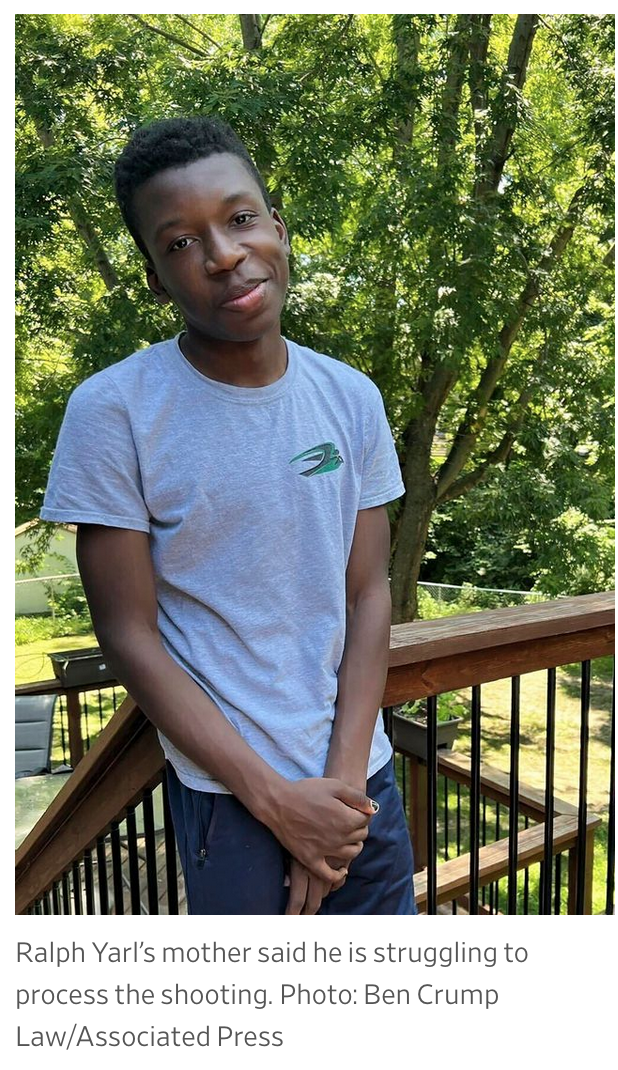

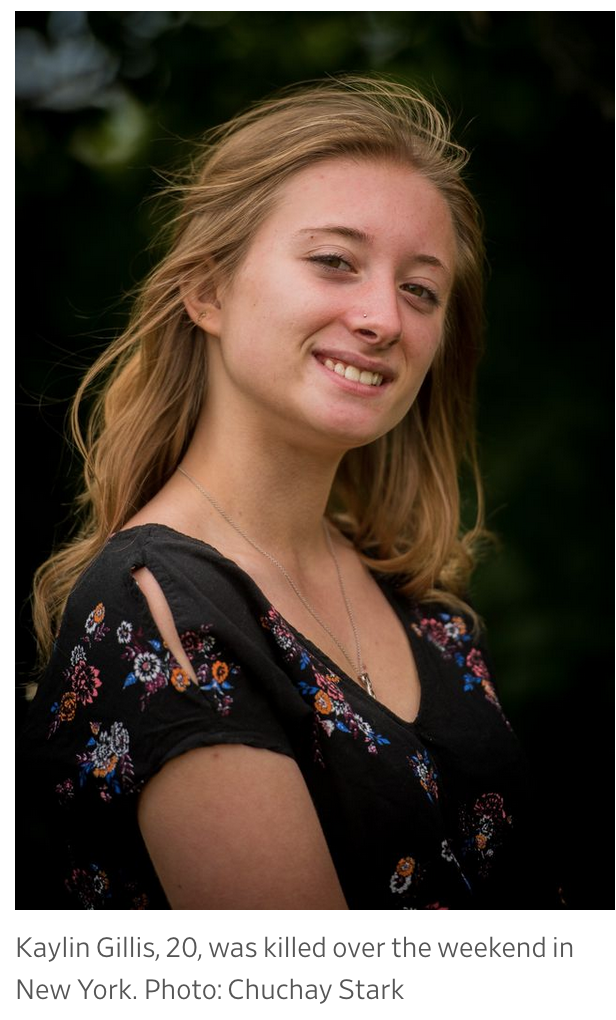

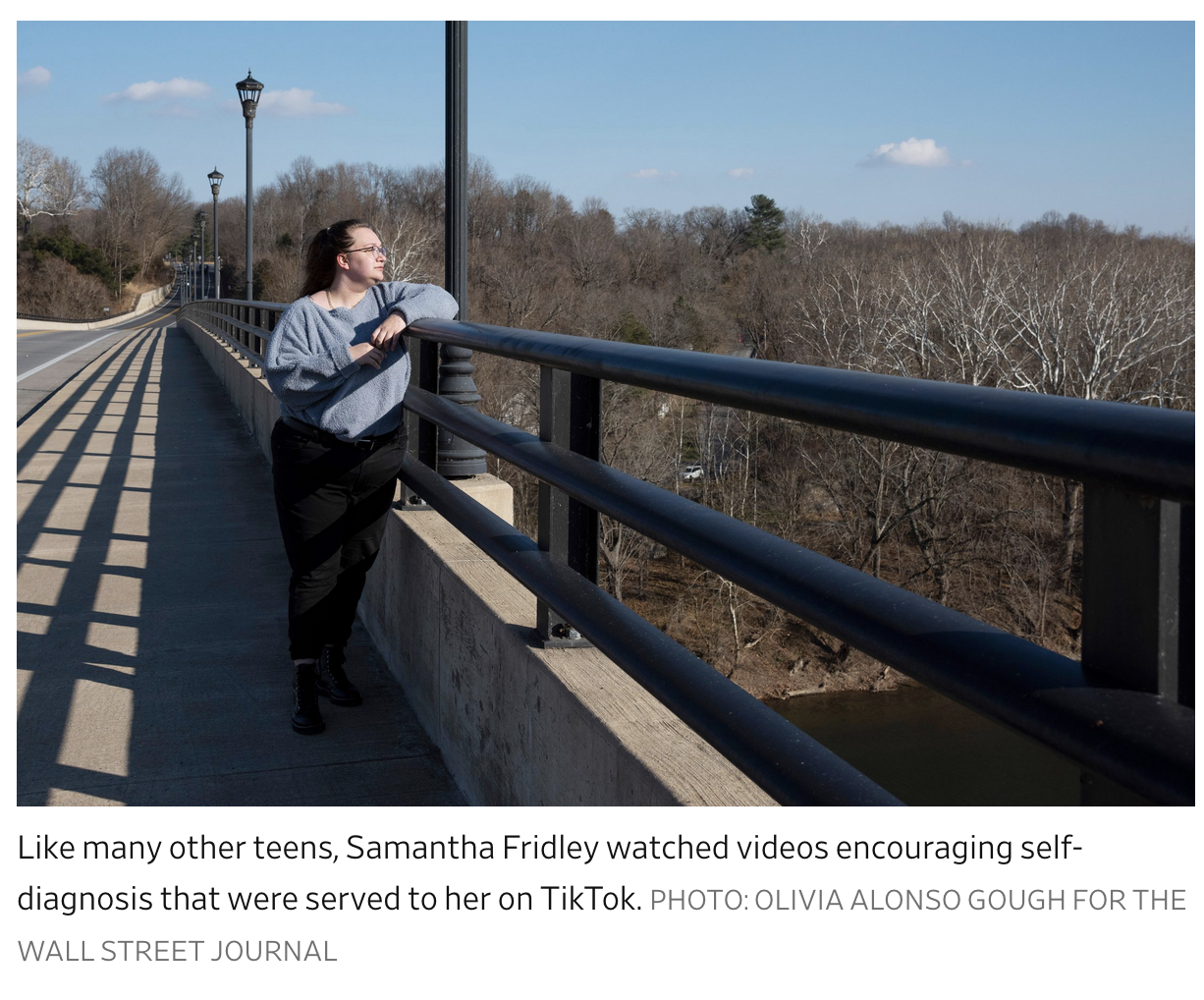

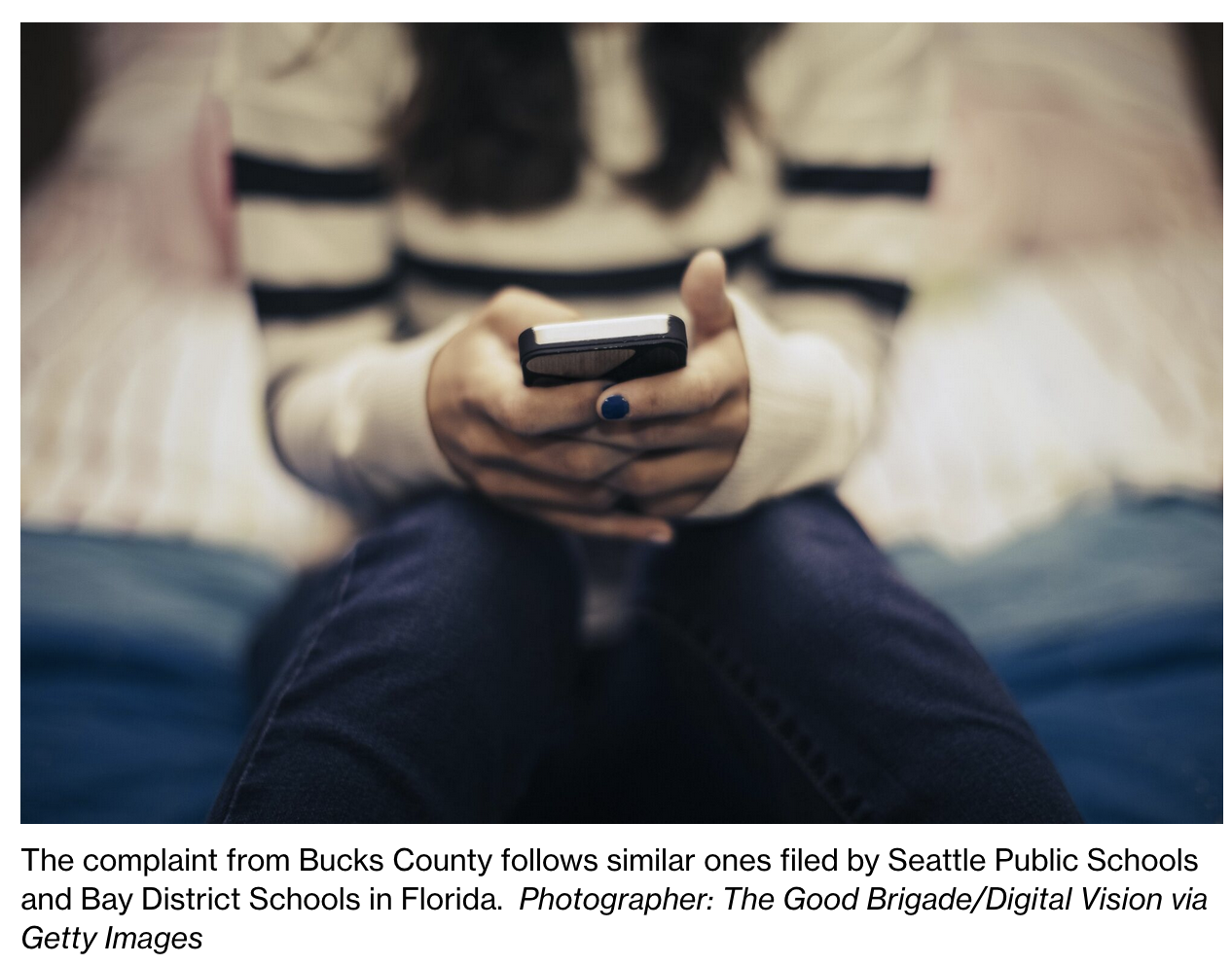
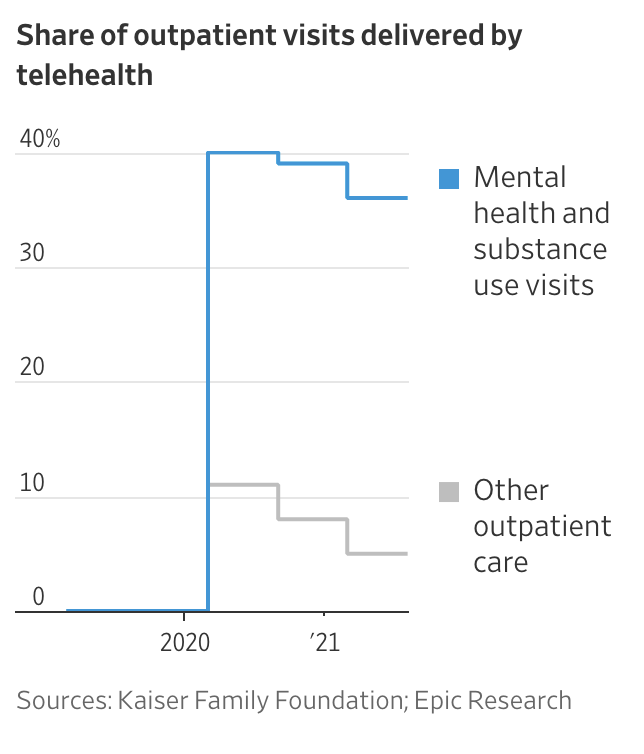
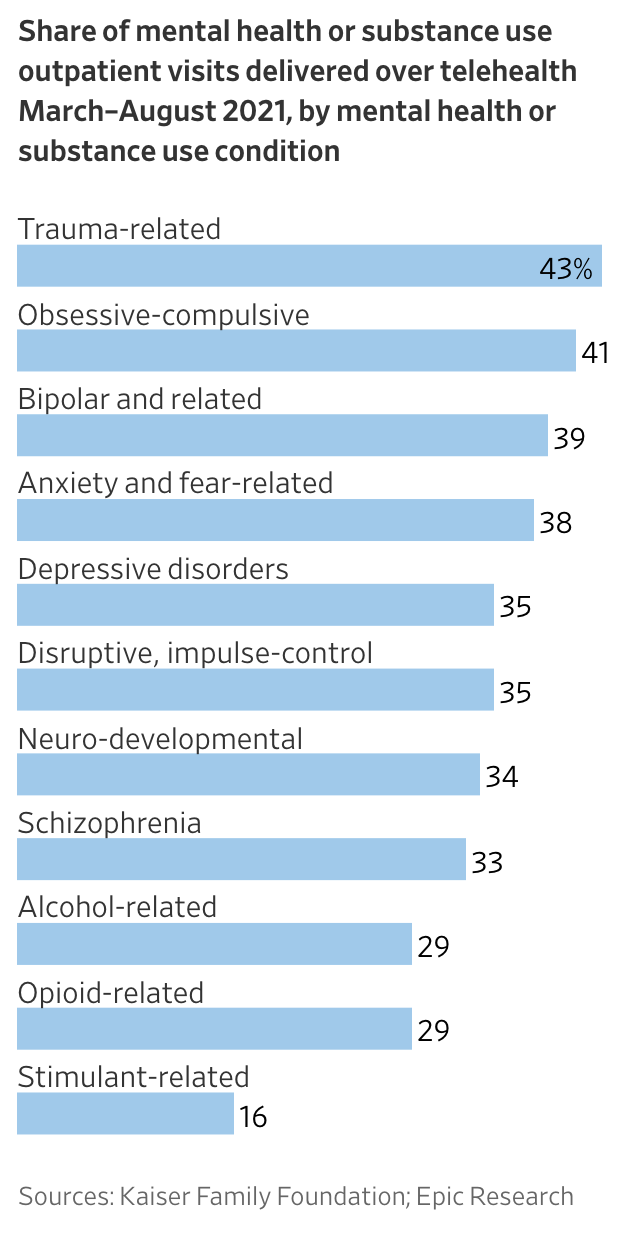
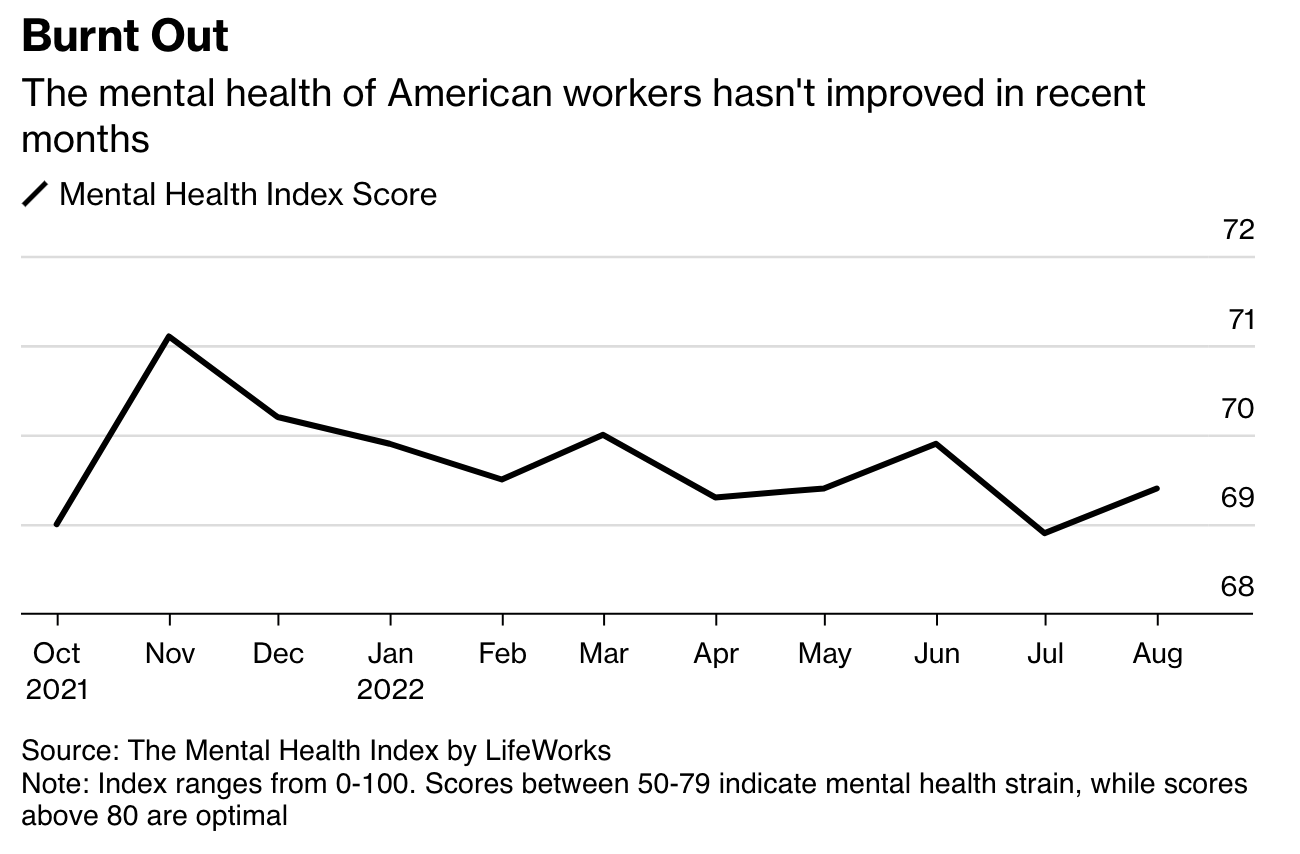
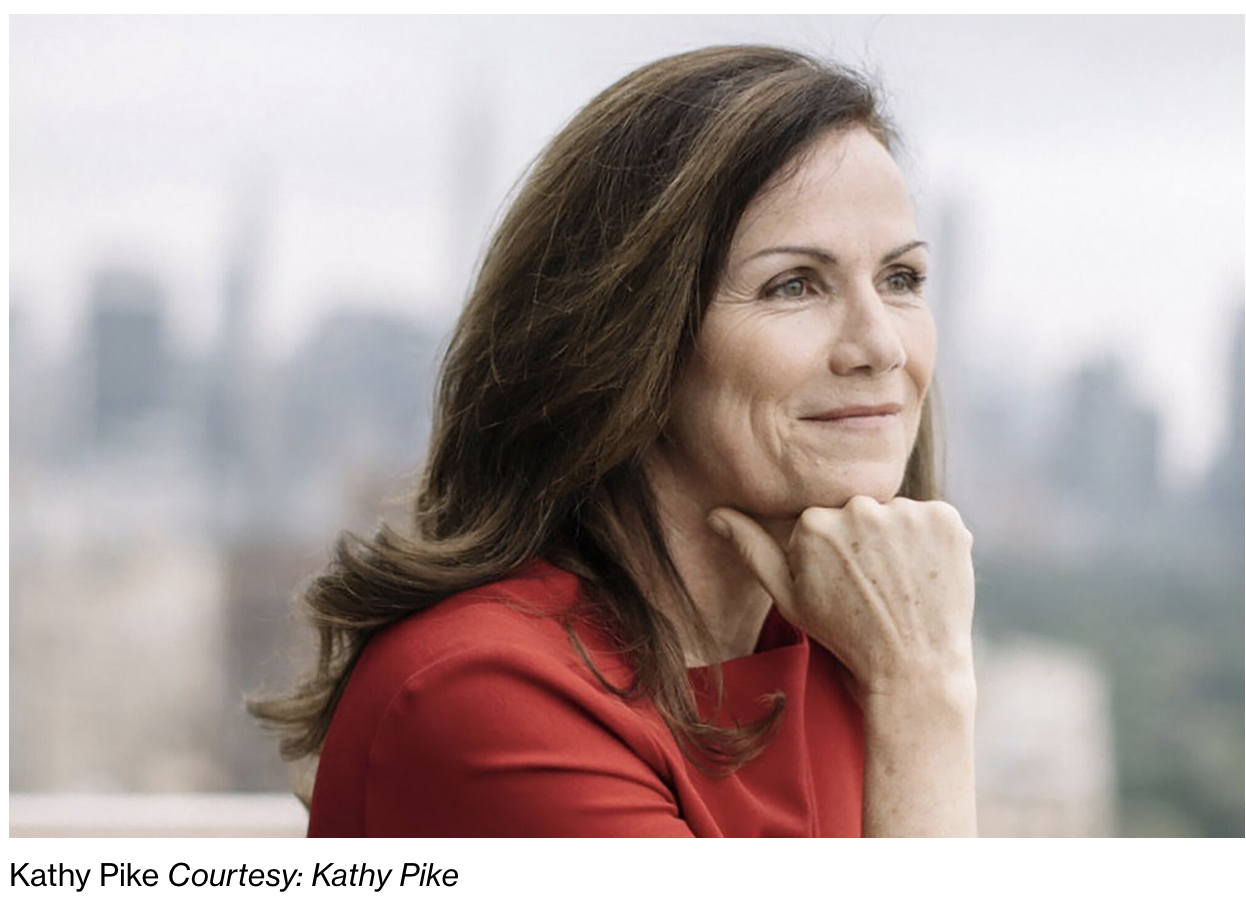
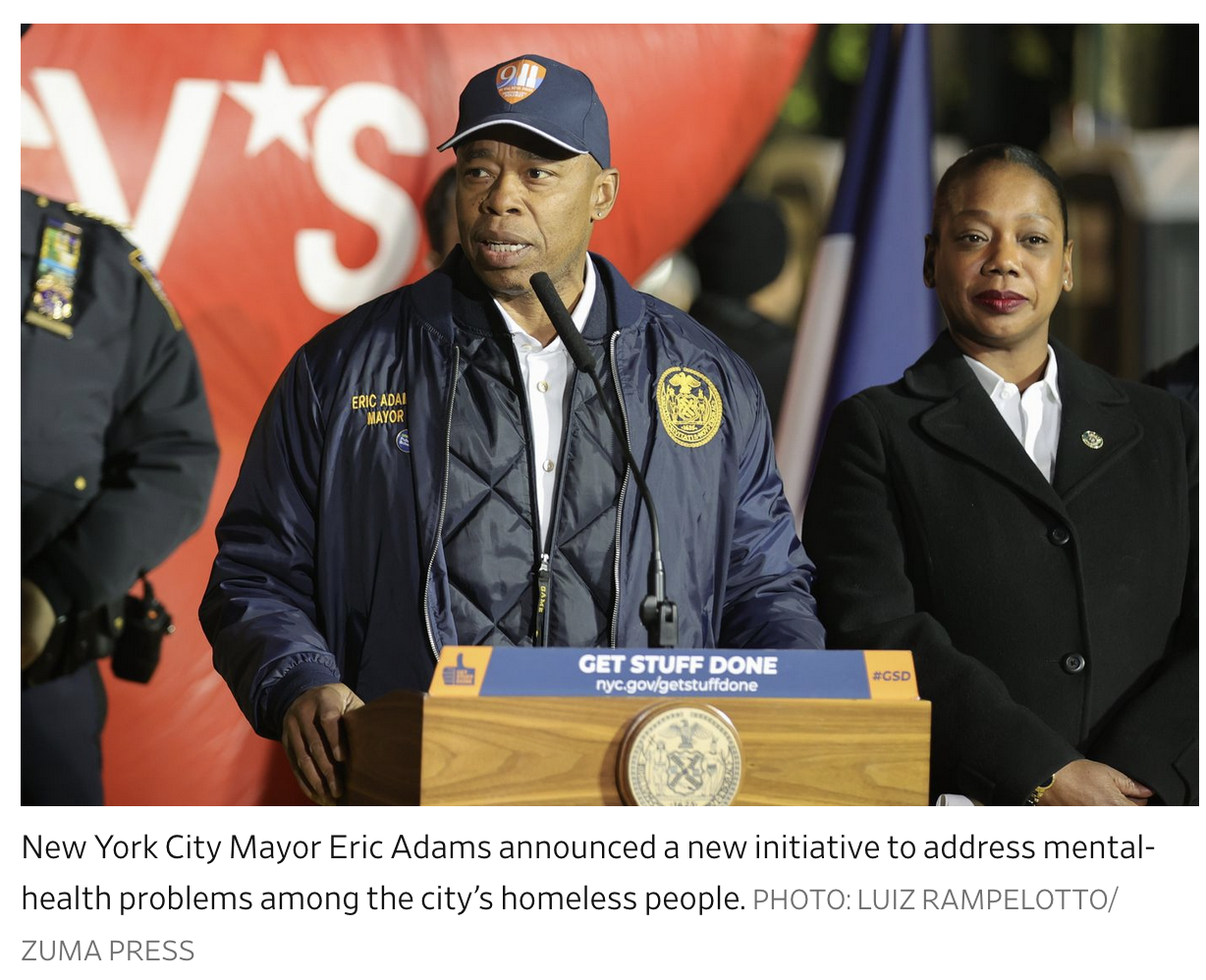
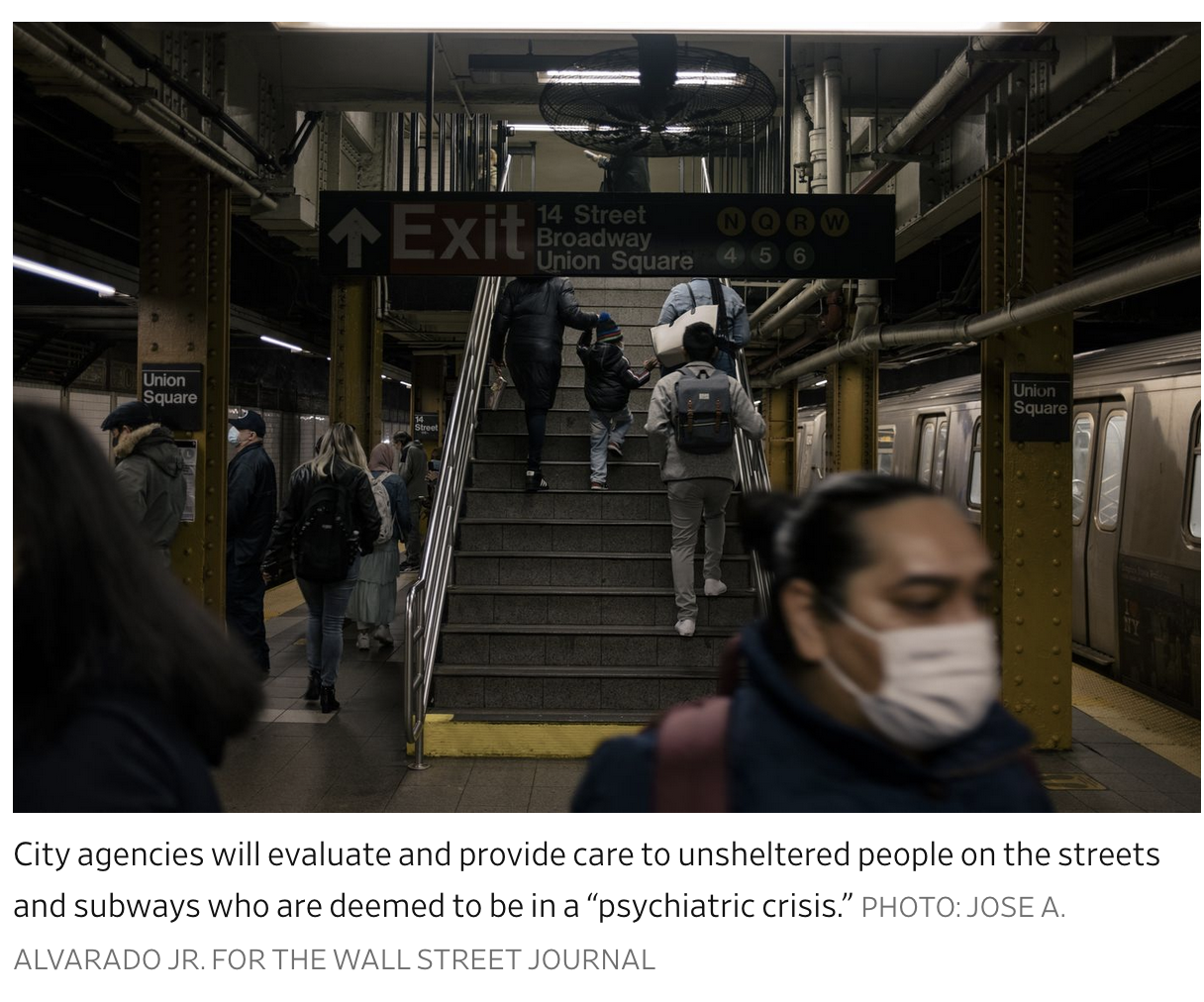
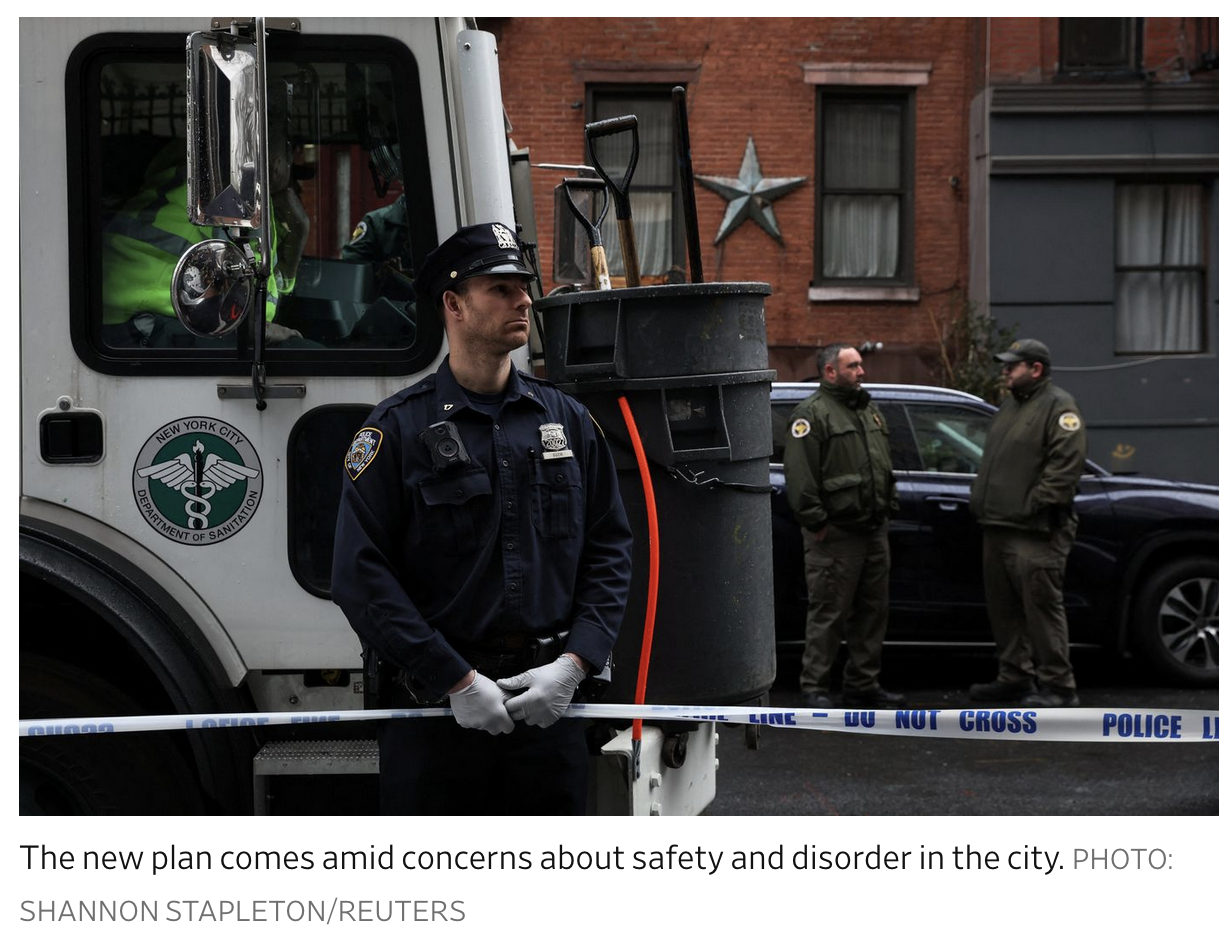
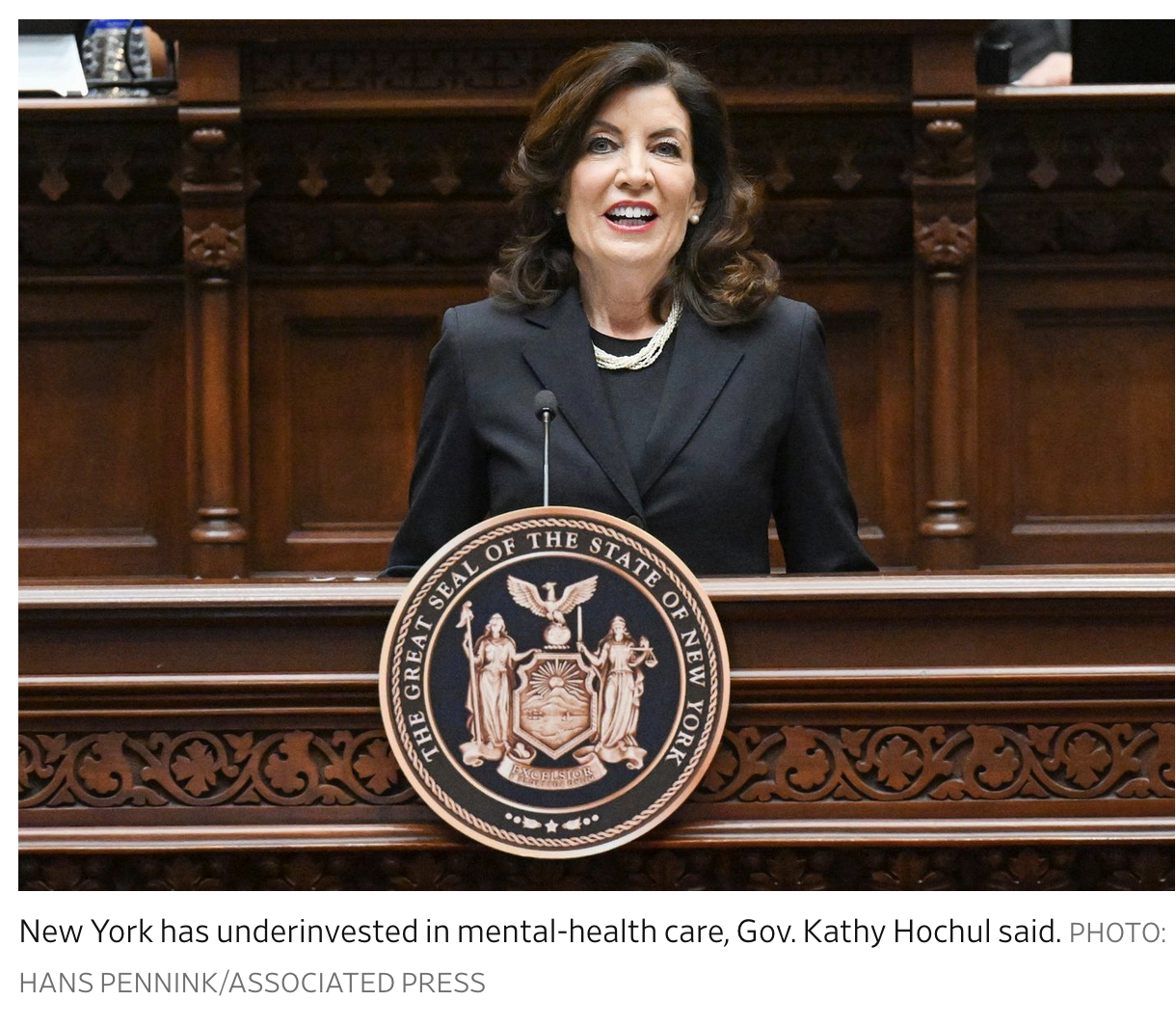
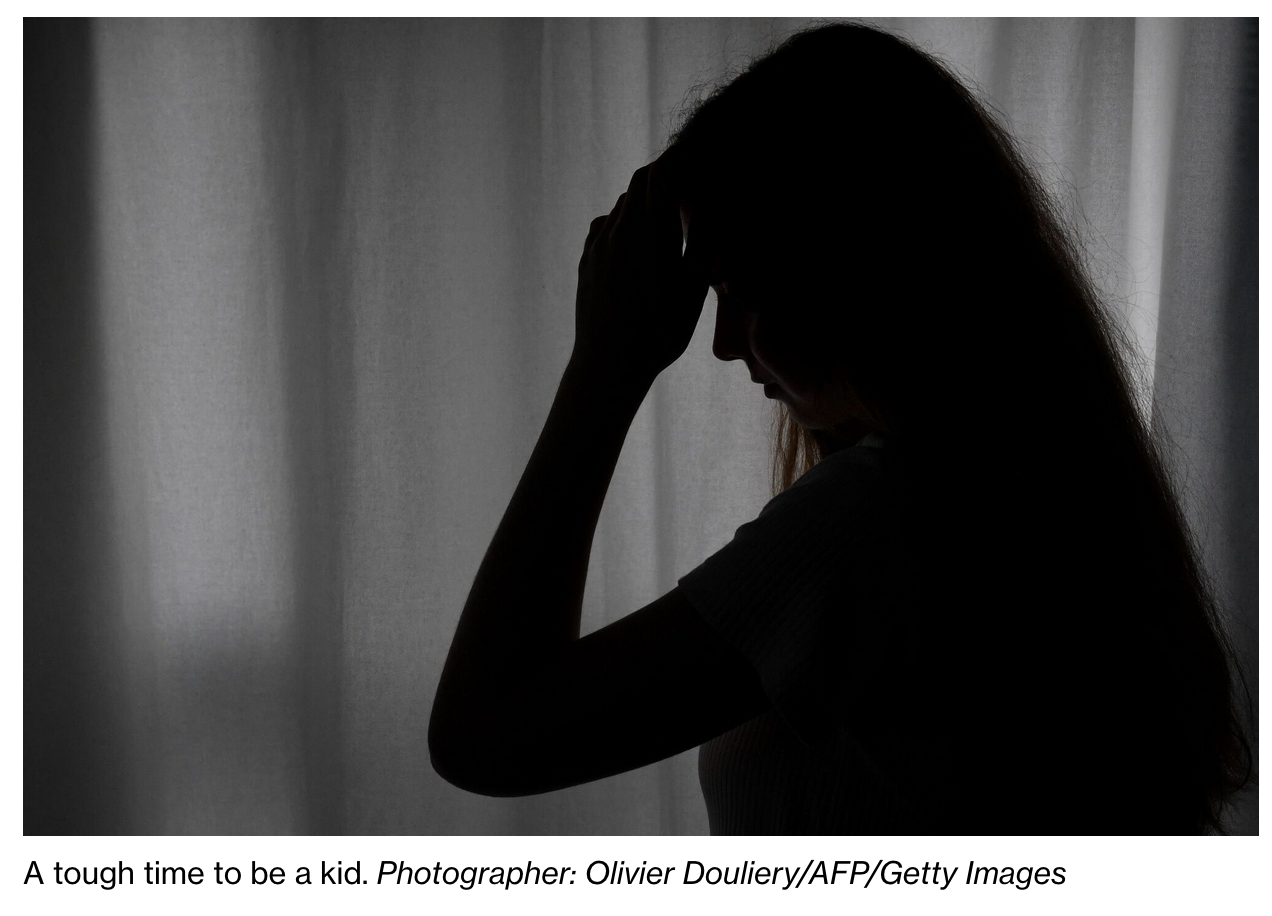
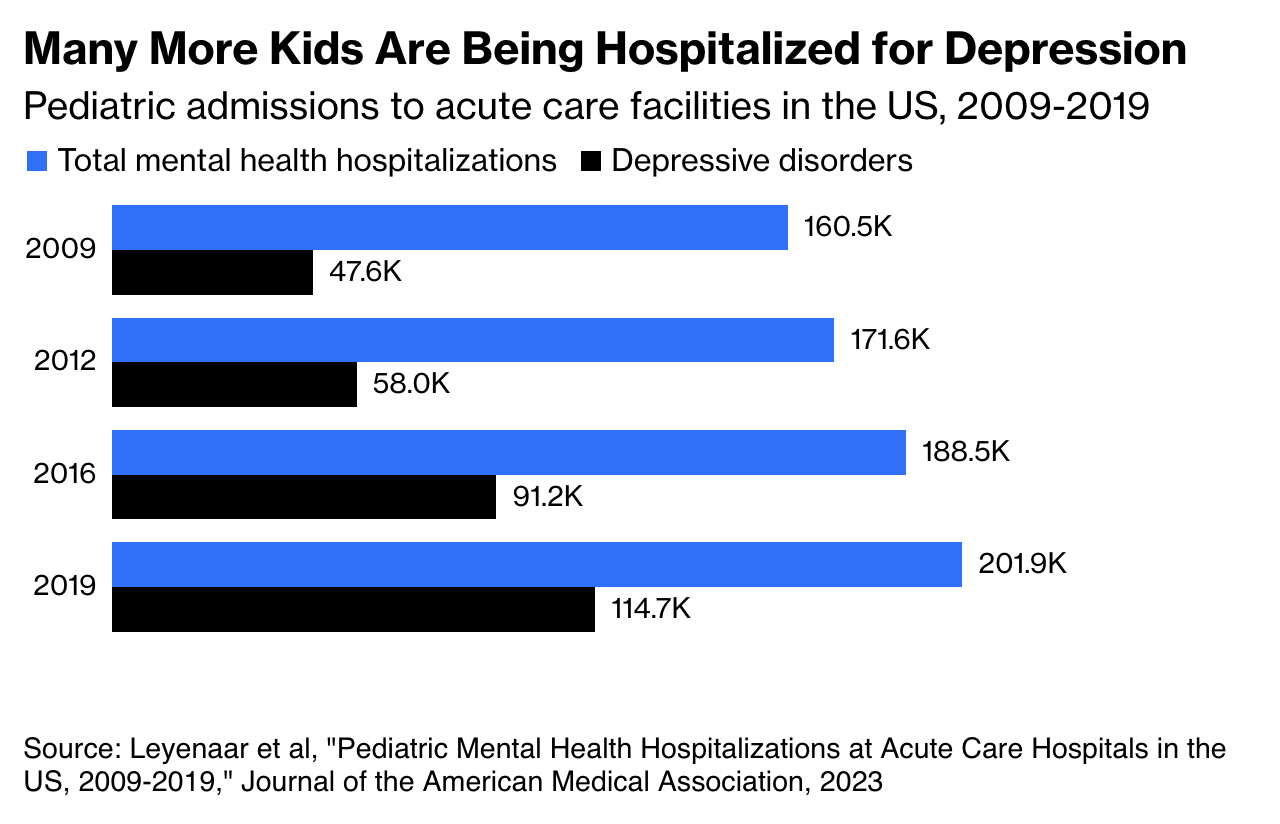
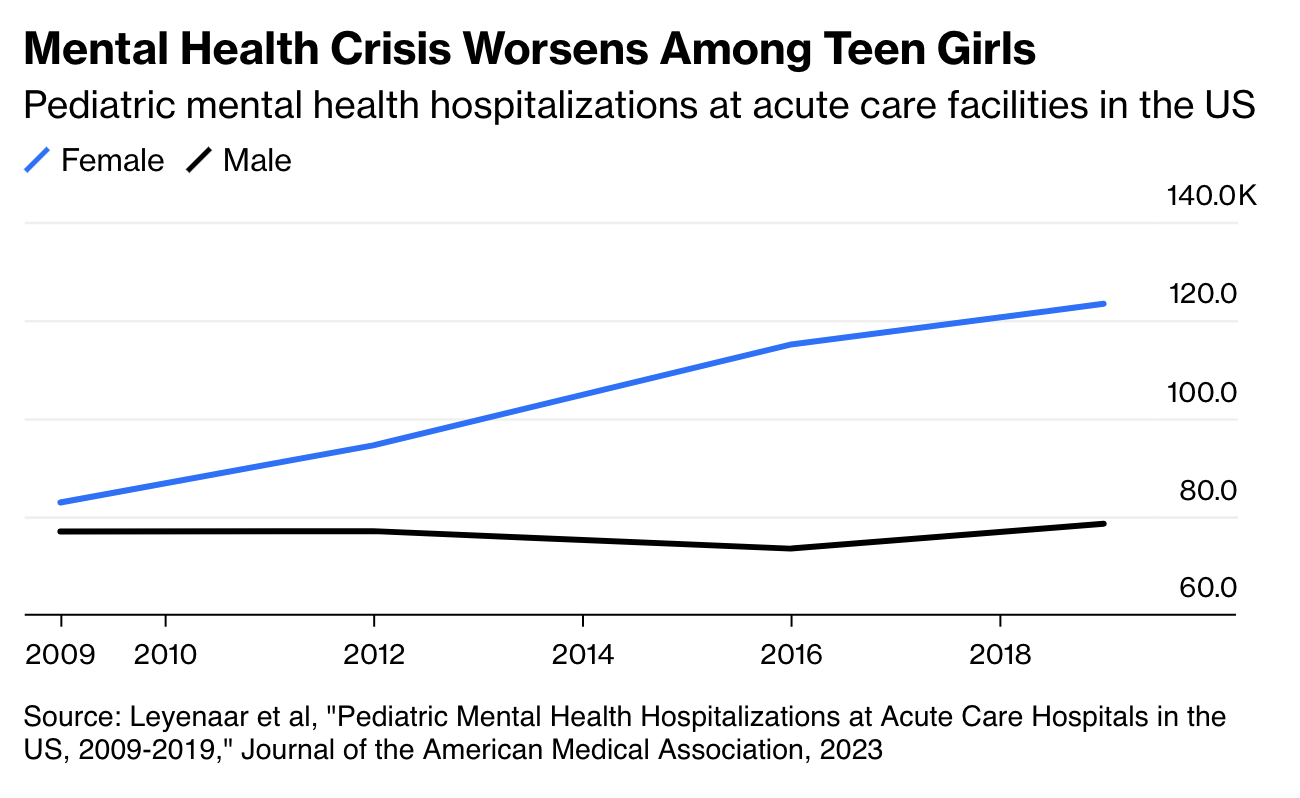
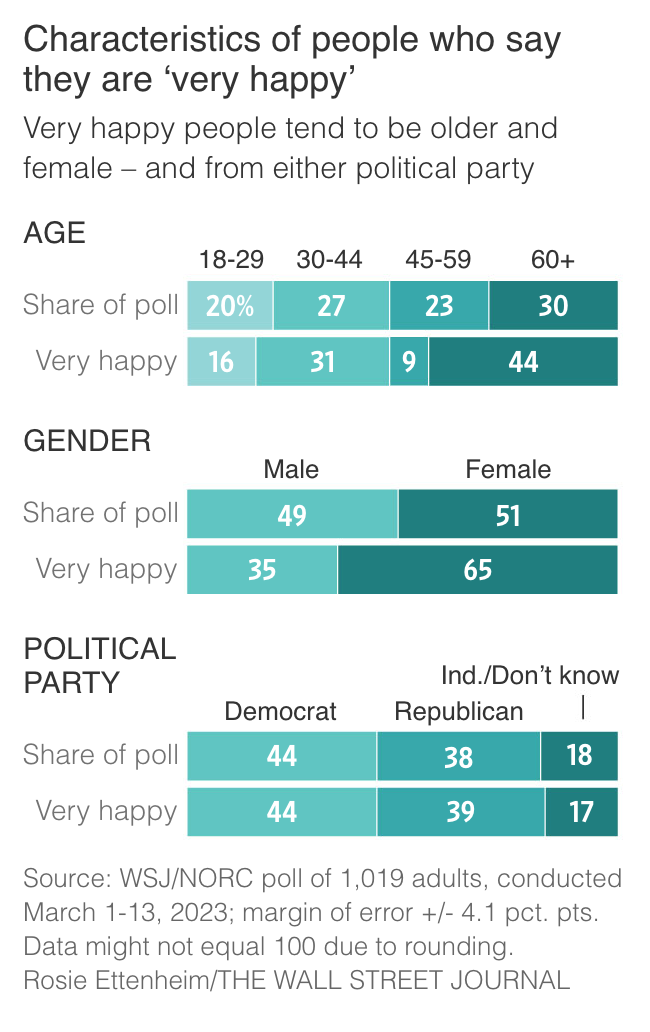
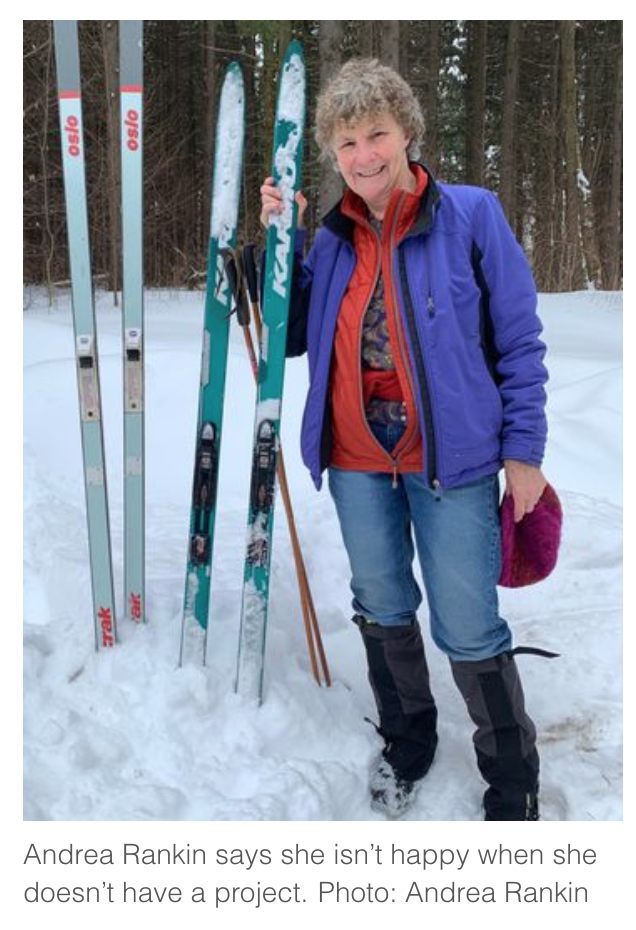

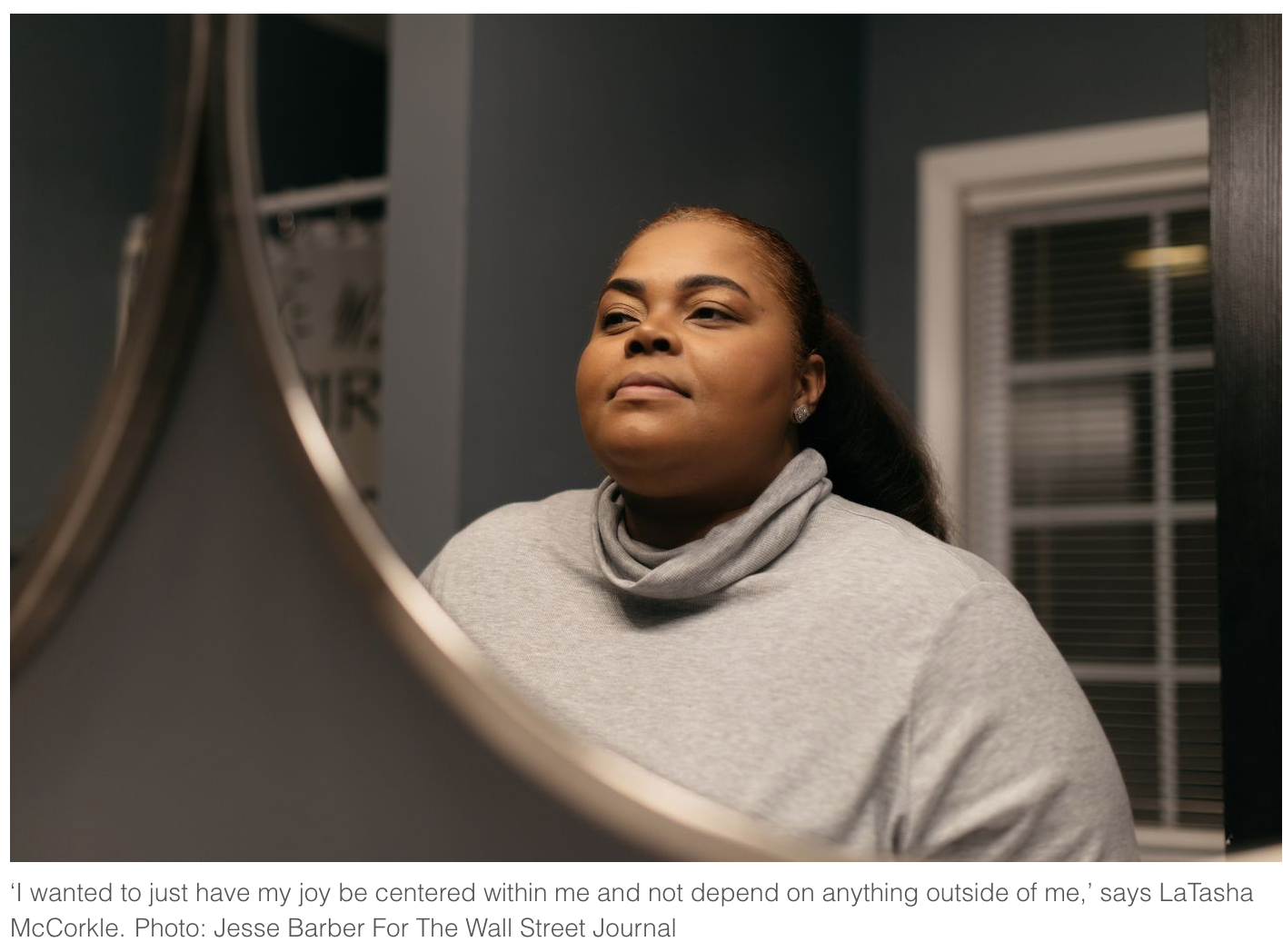
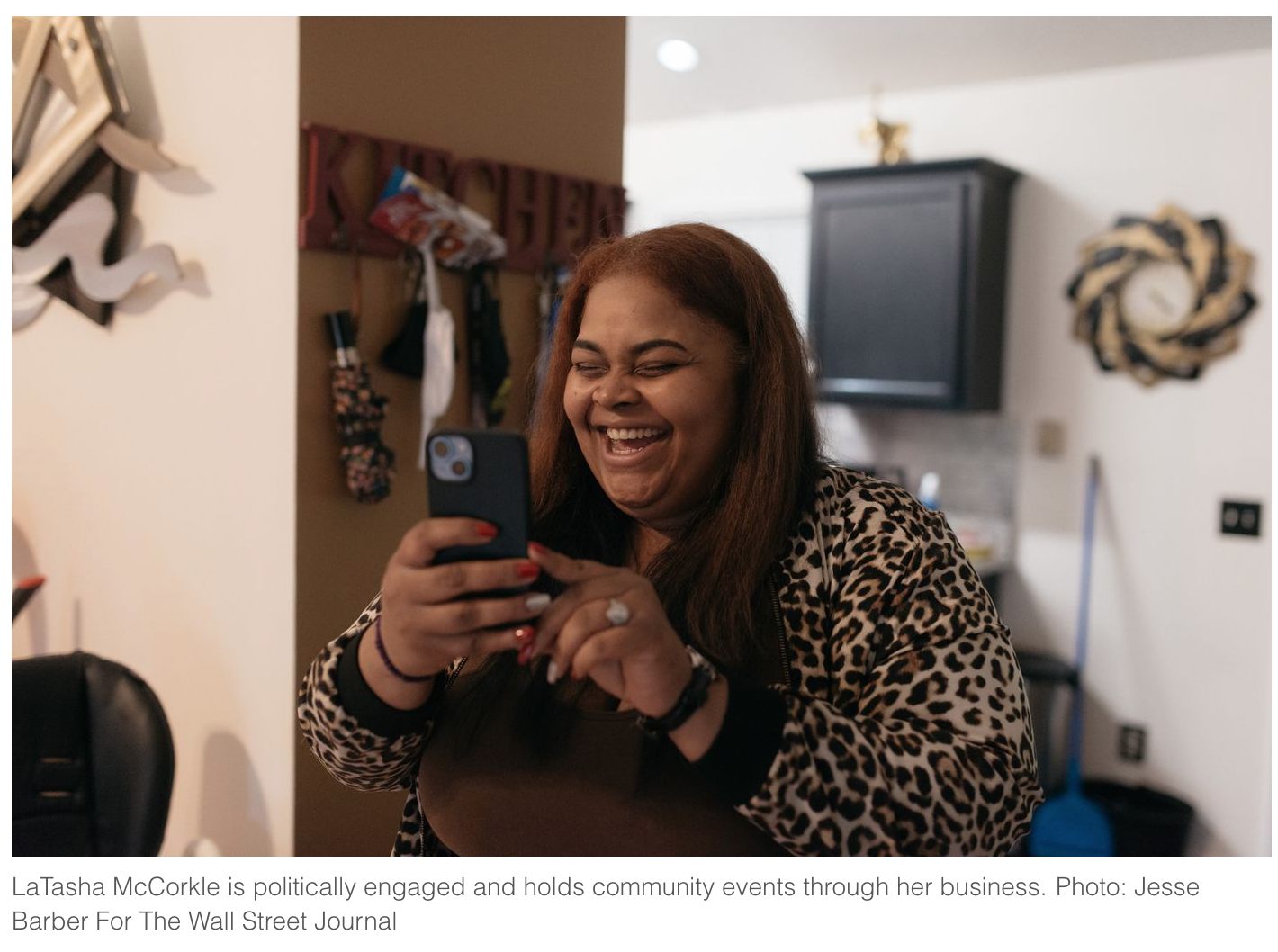
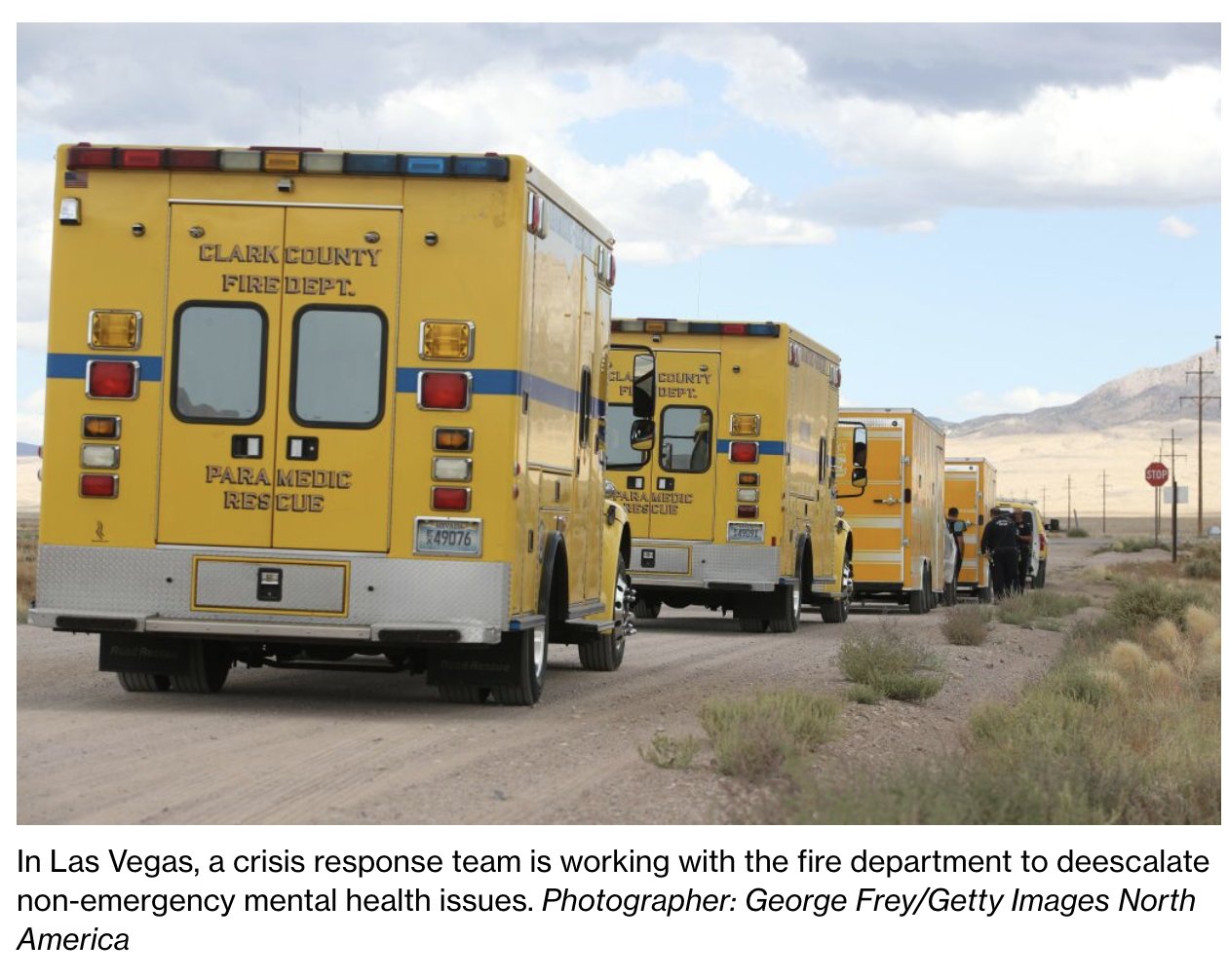
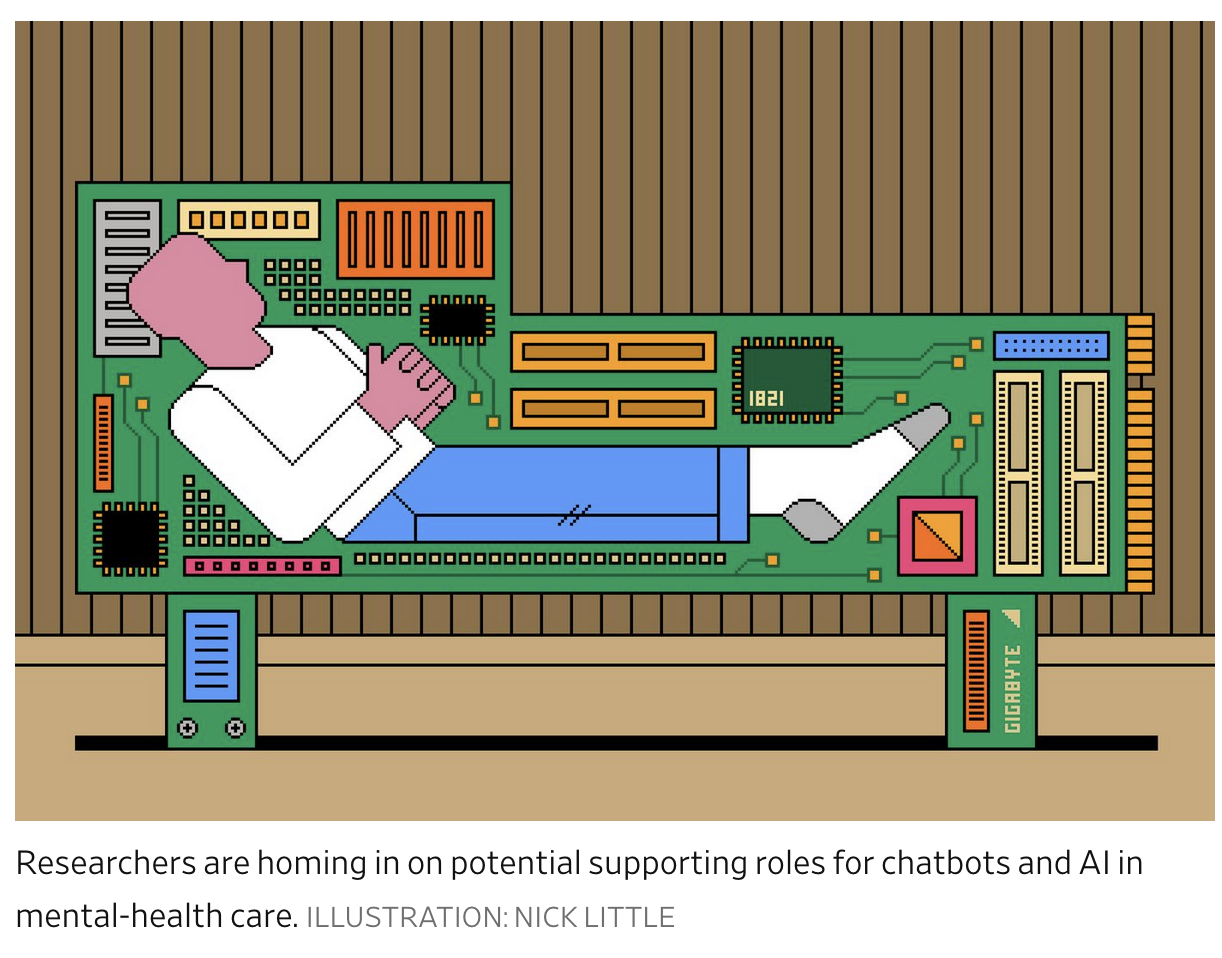
Leave a Reply
You must be logged in to post a comment.